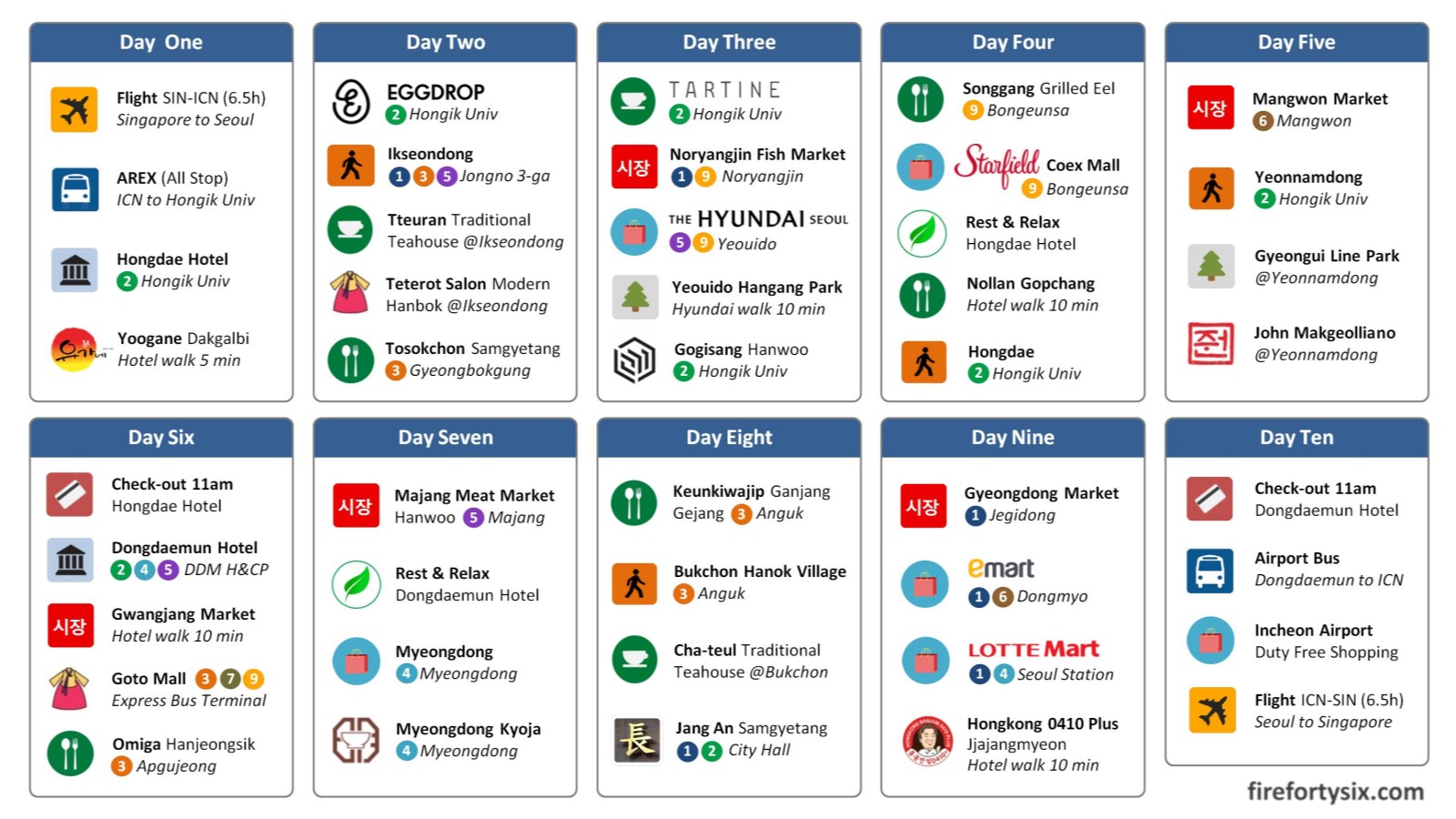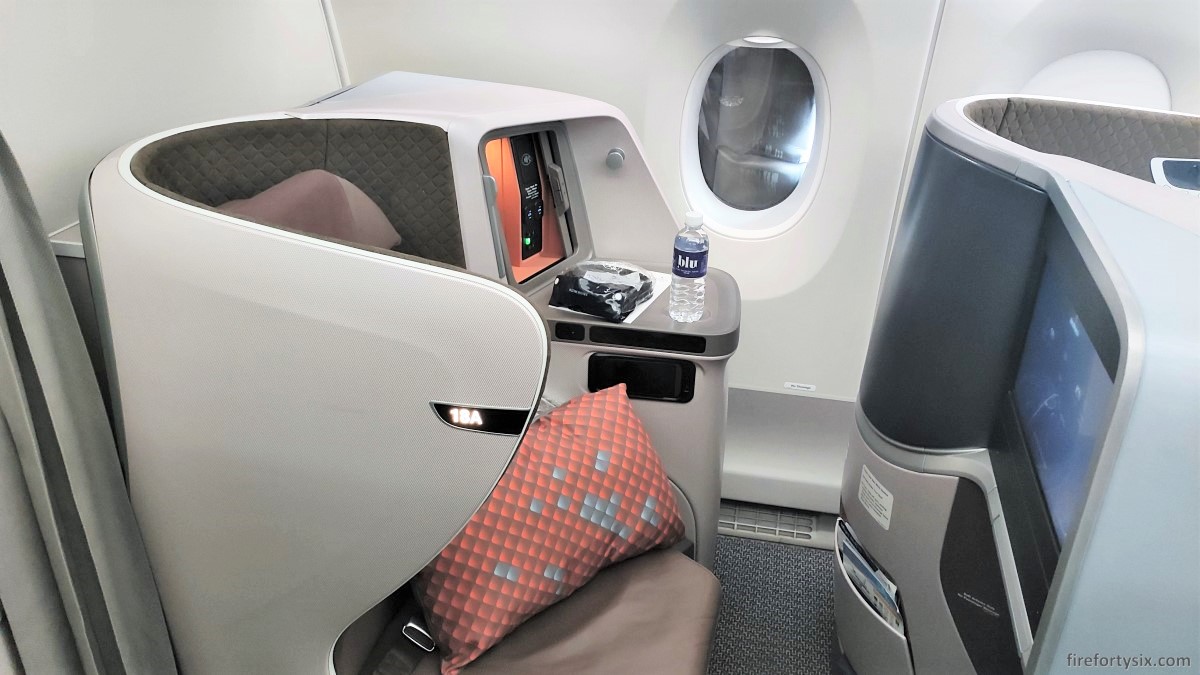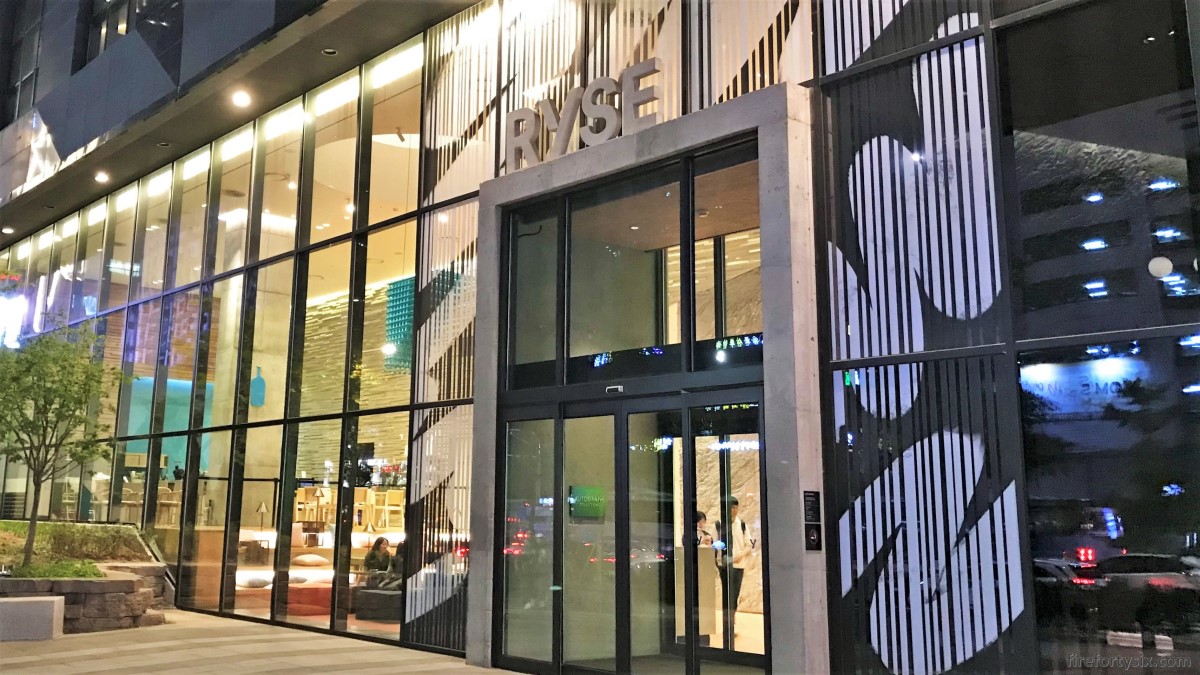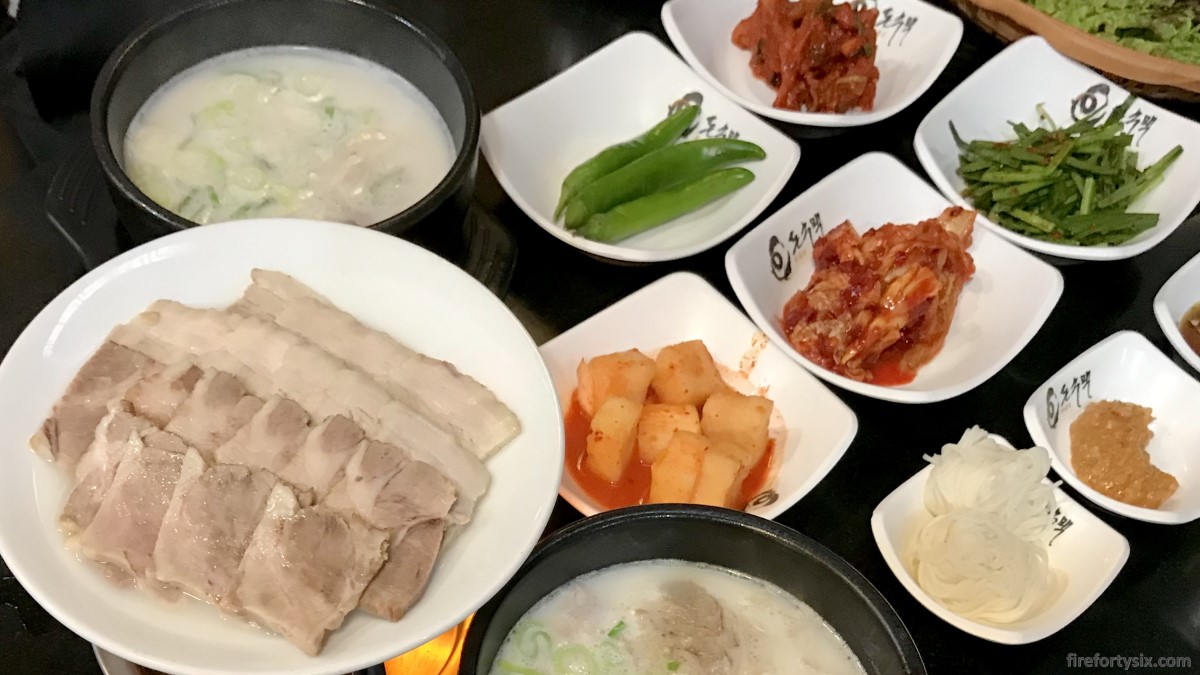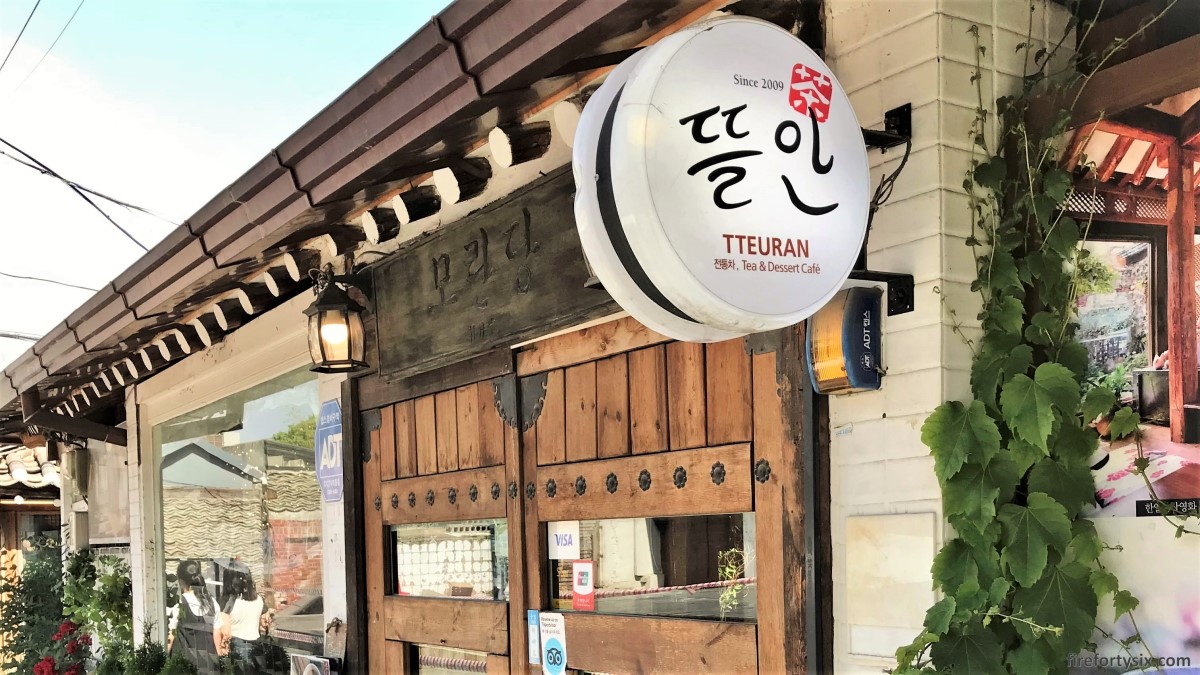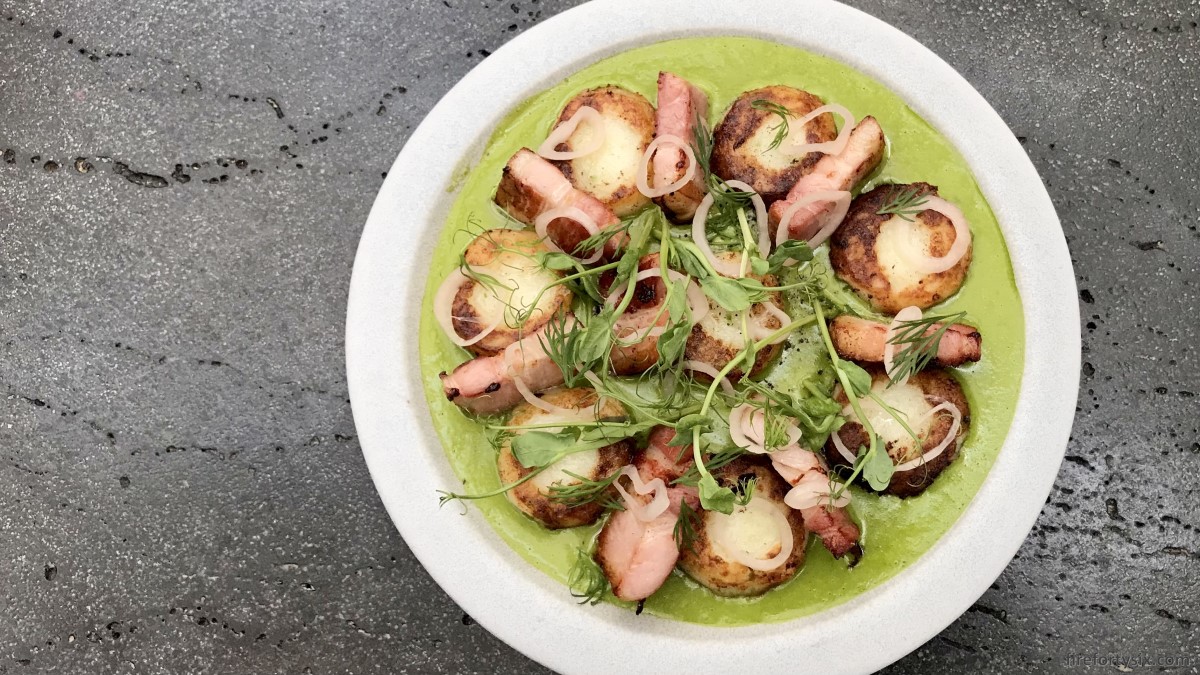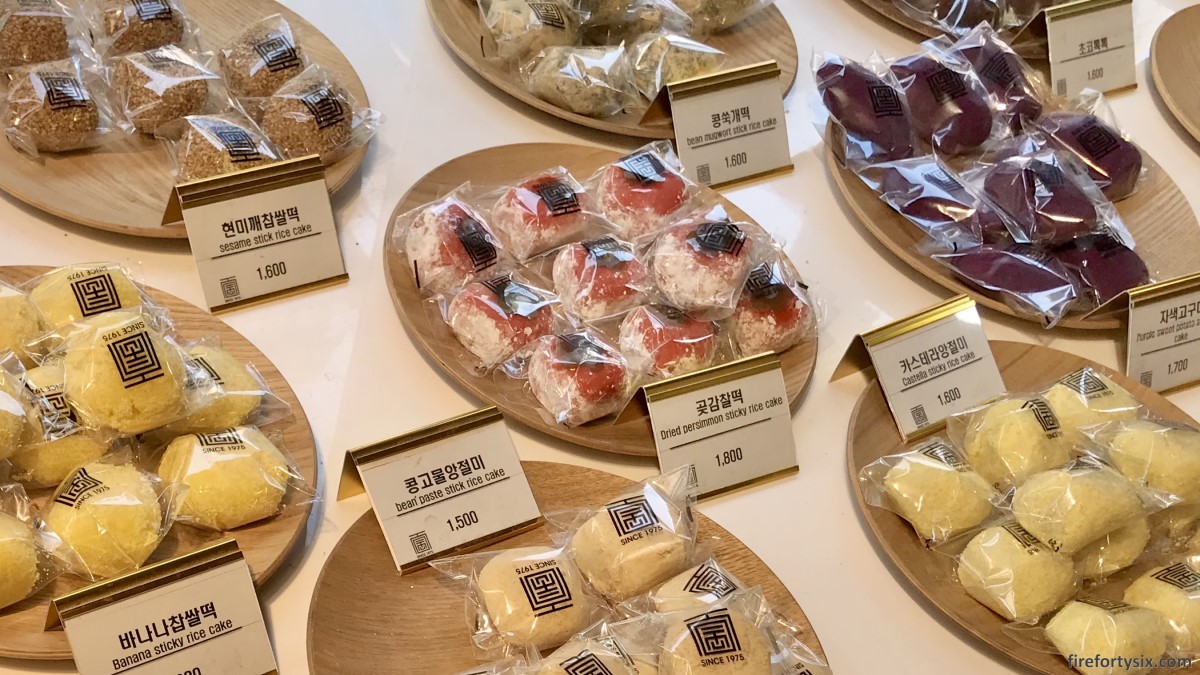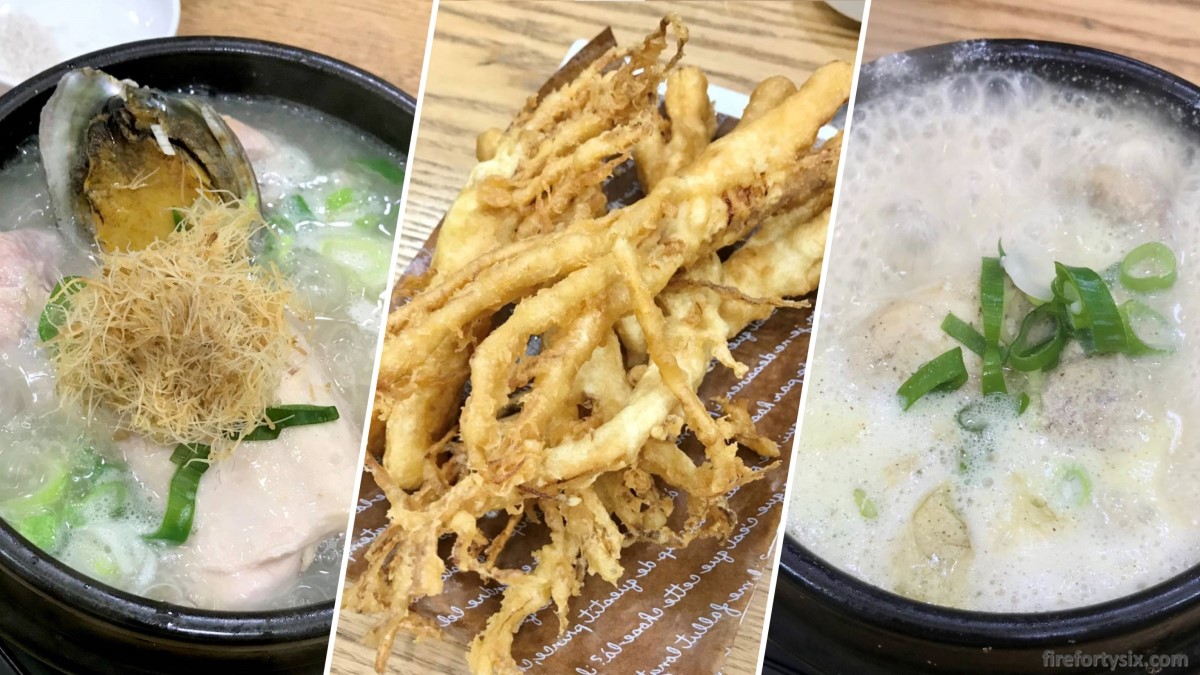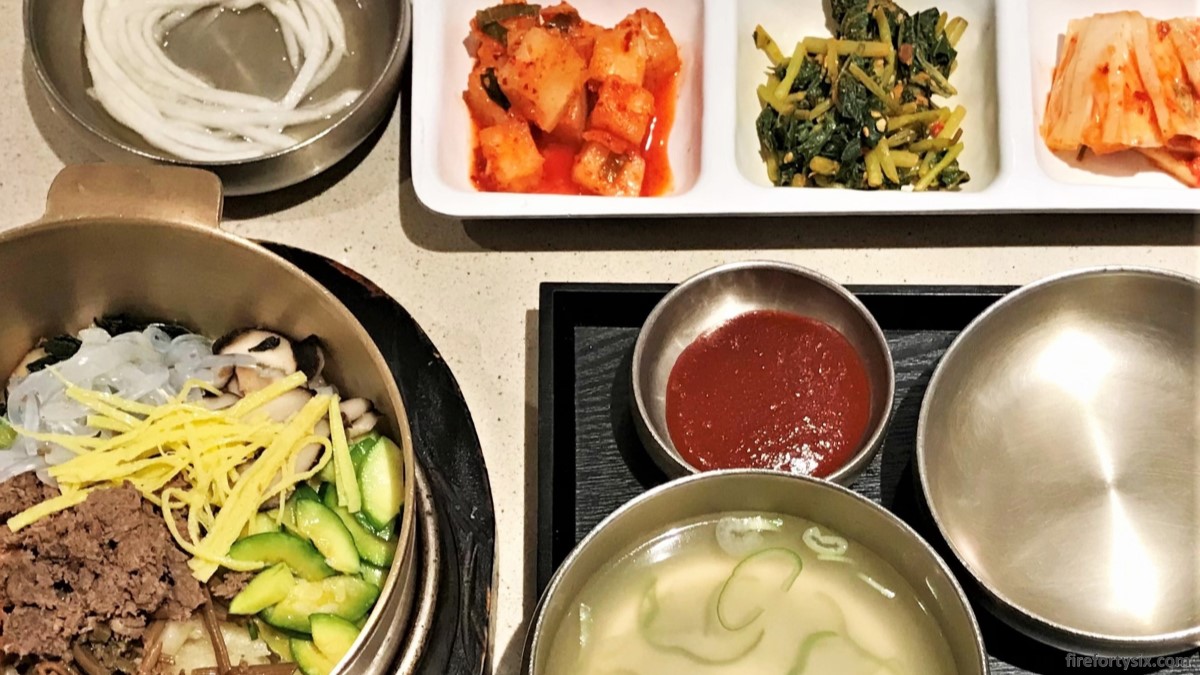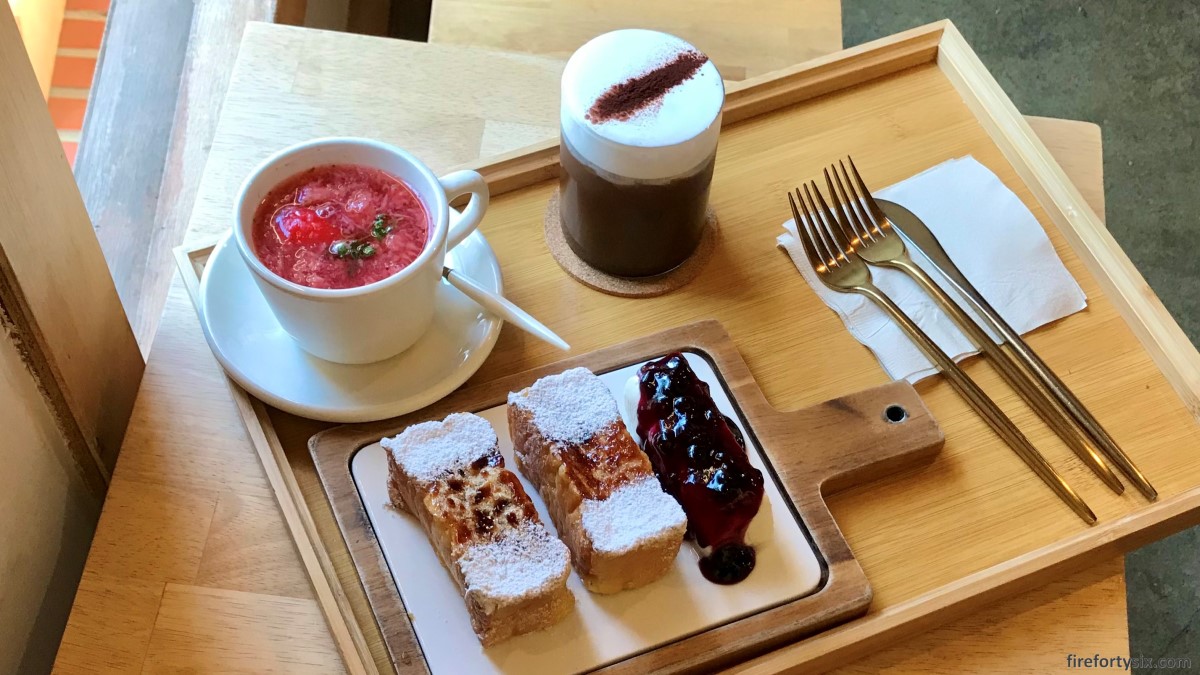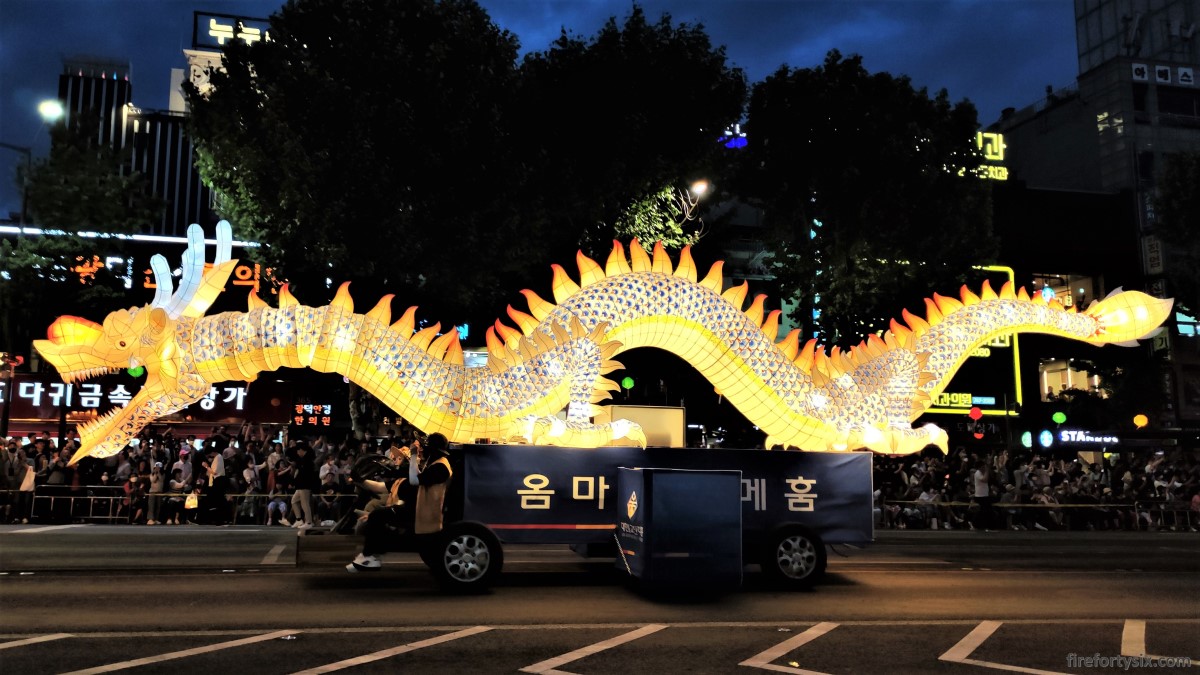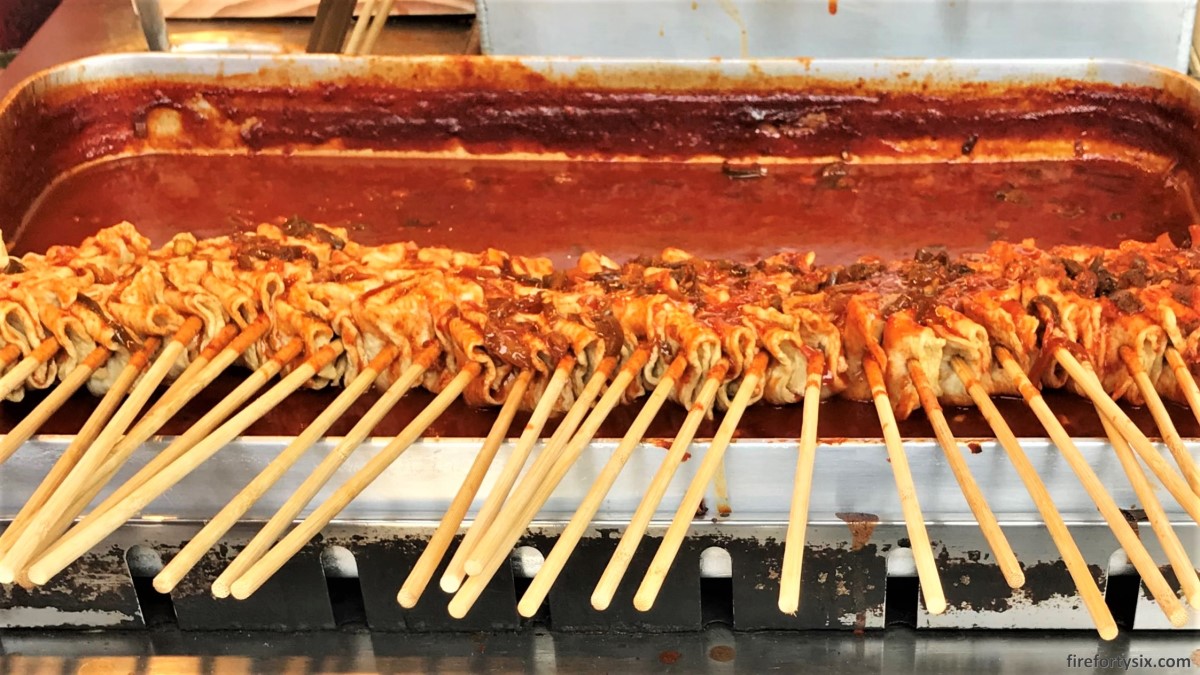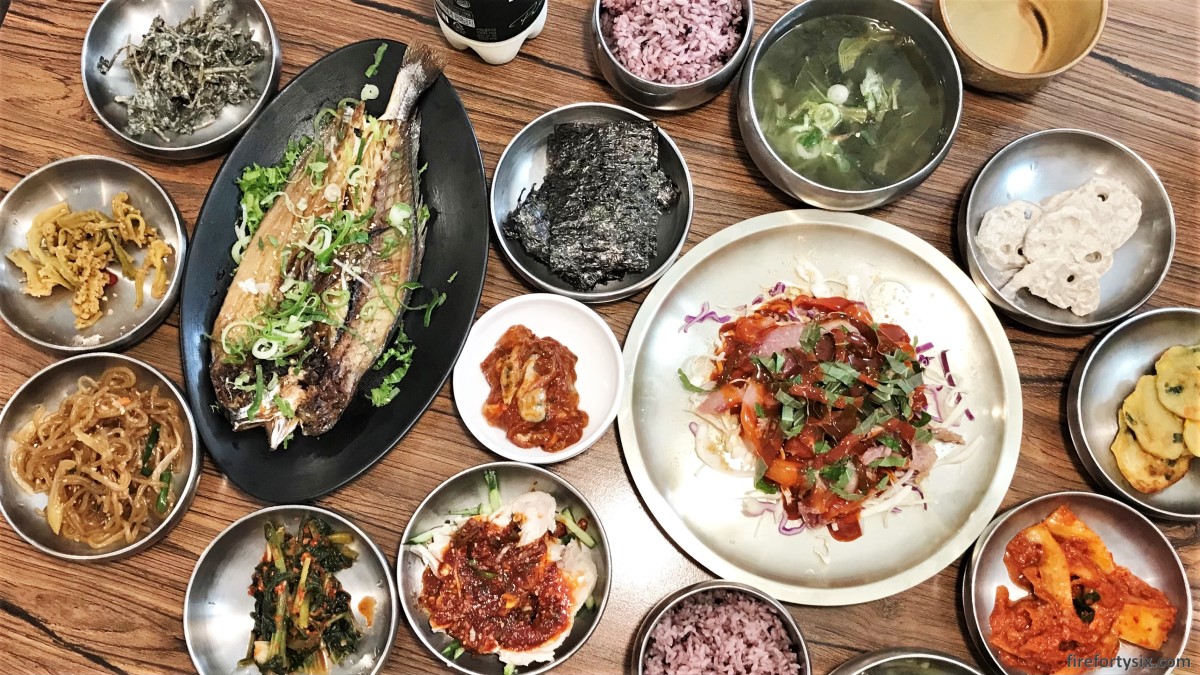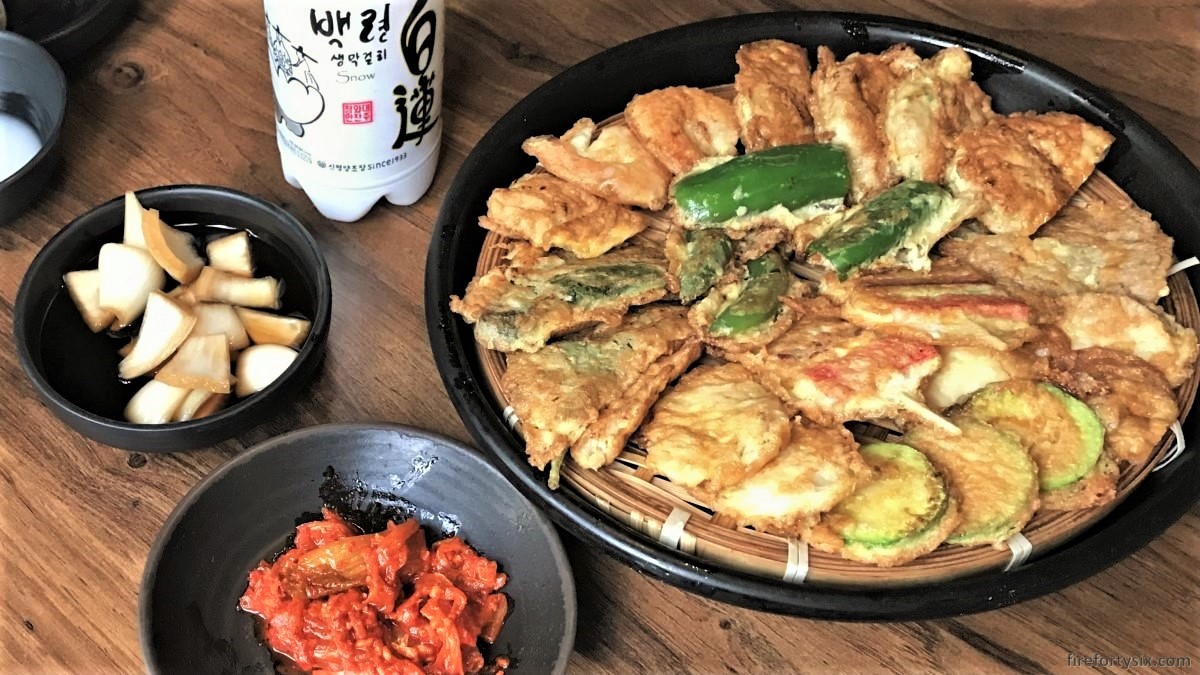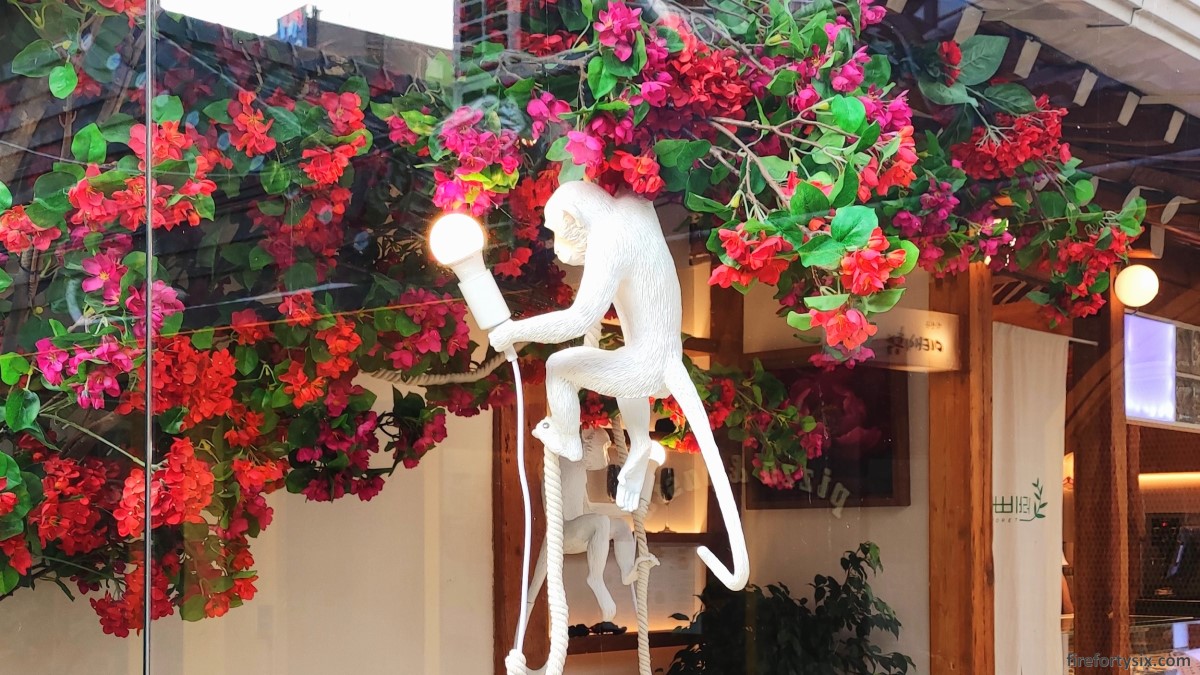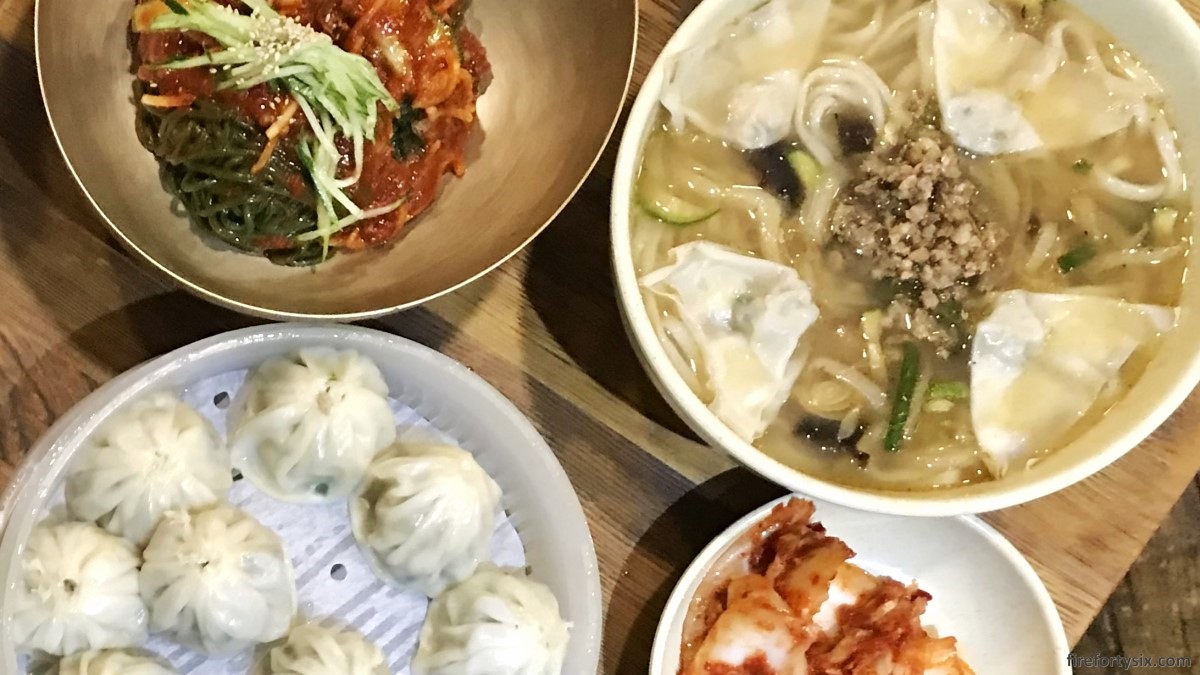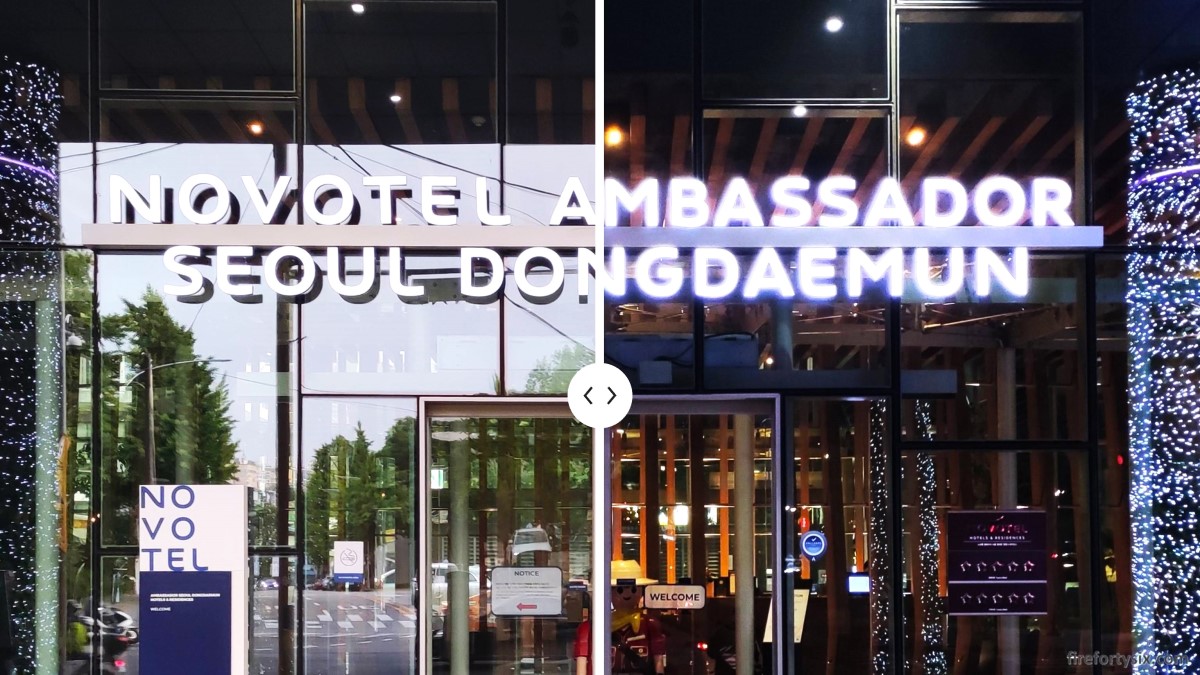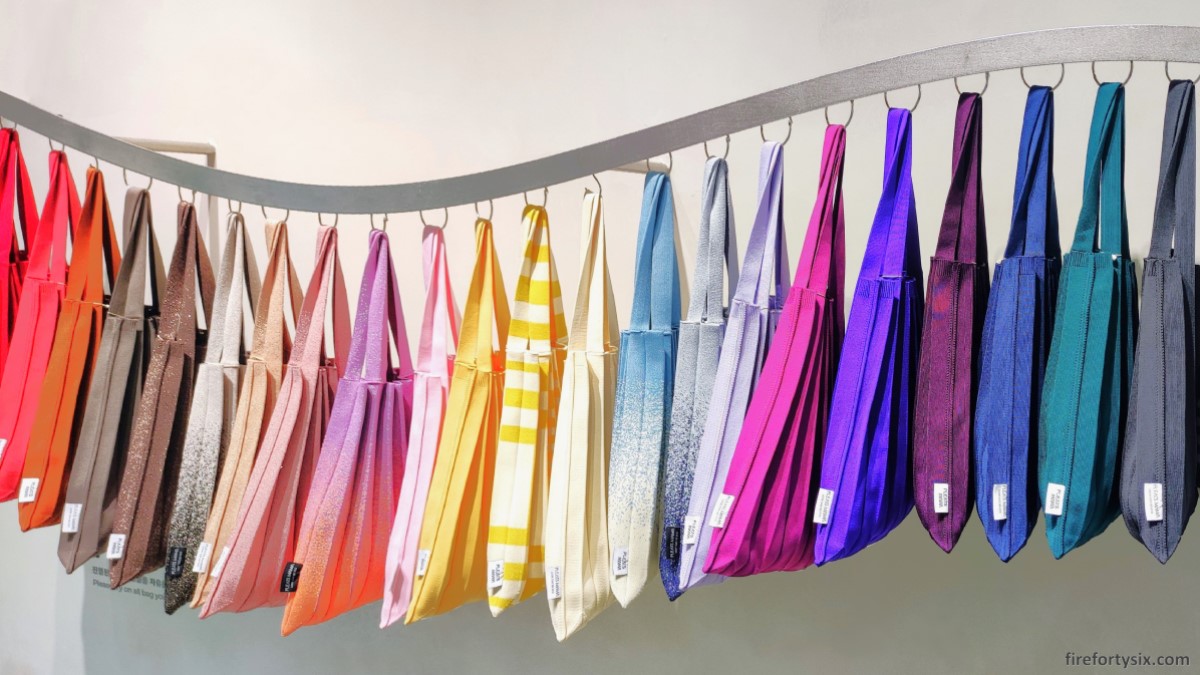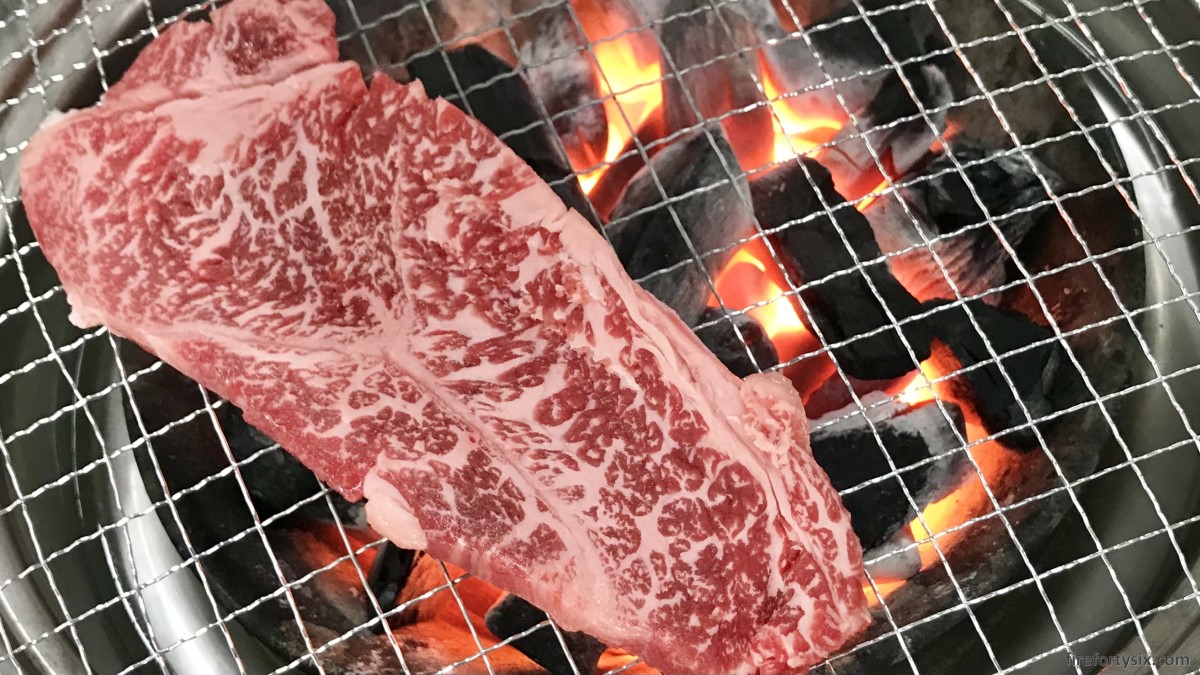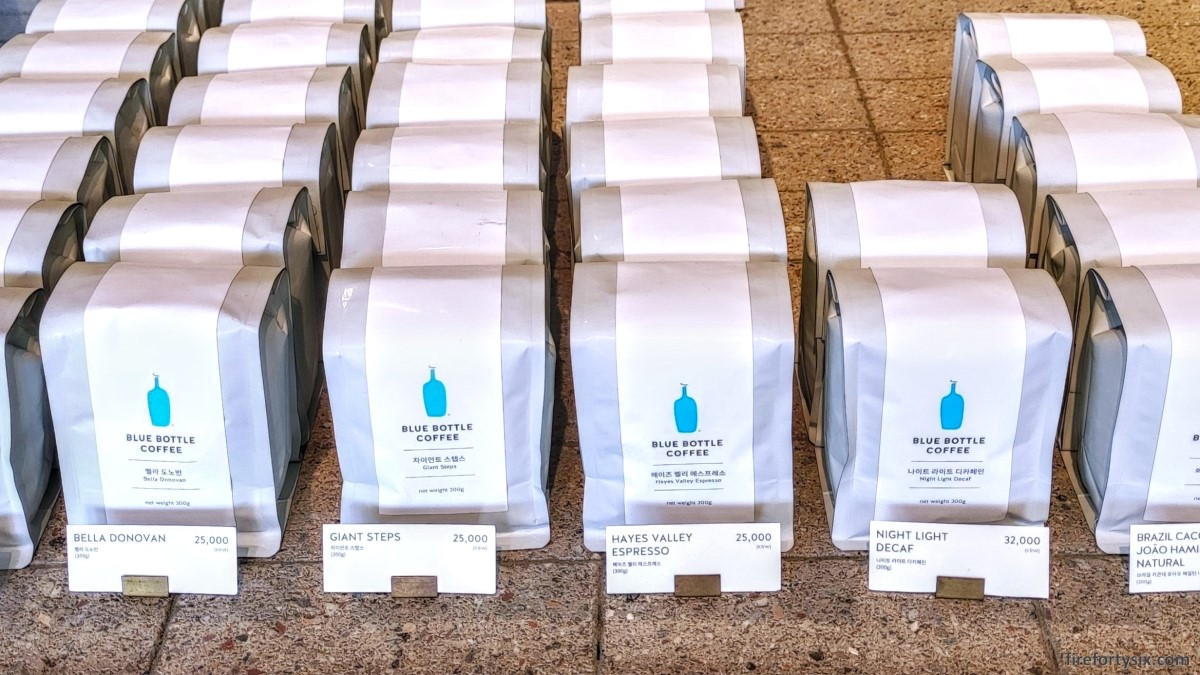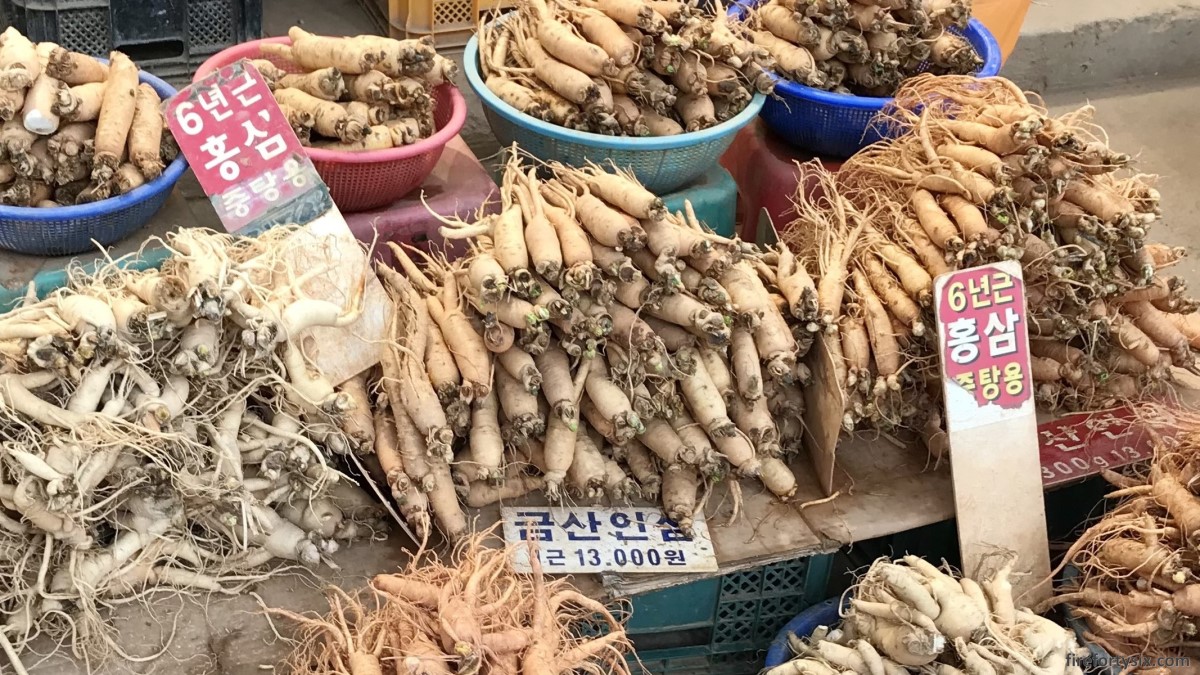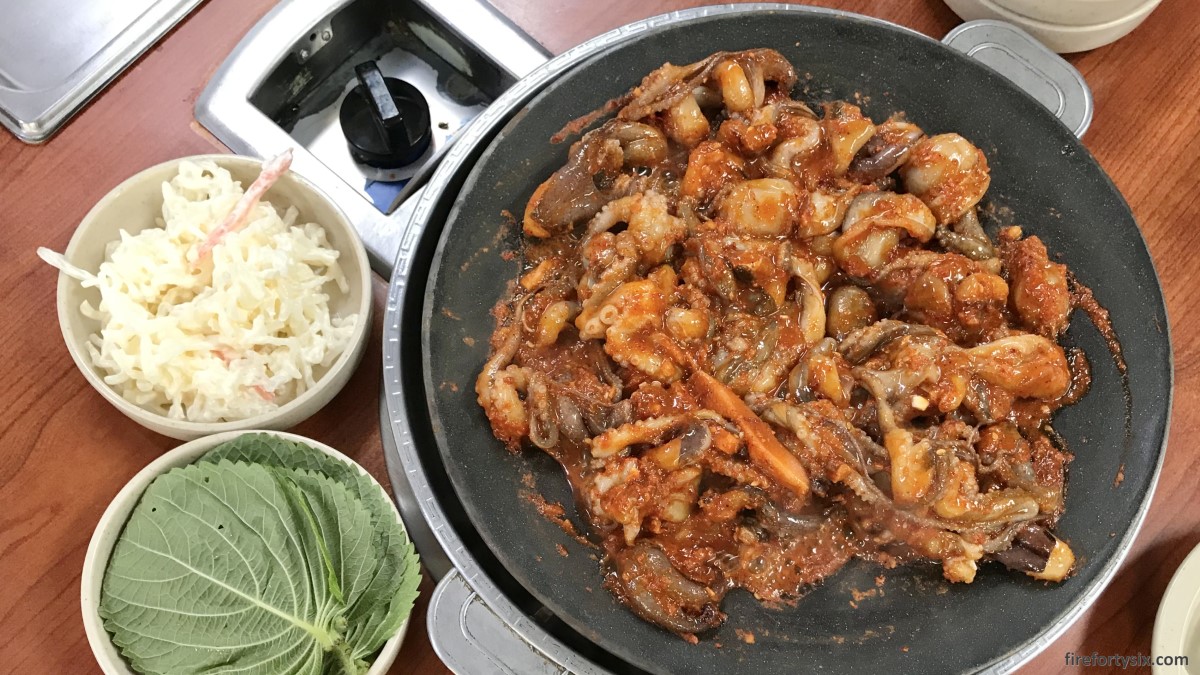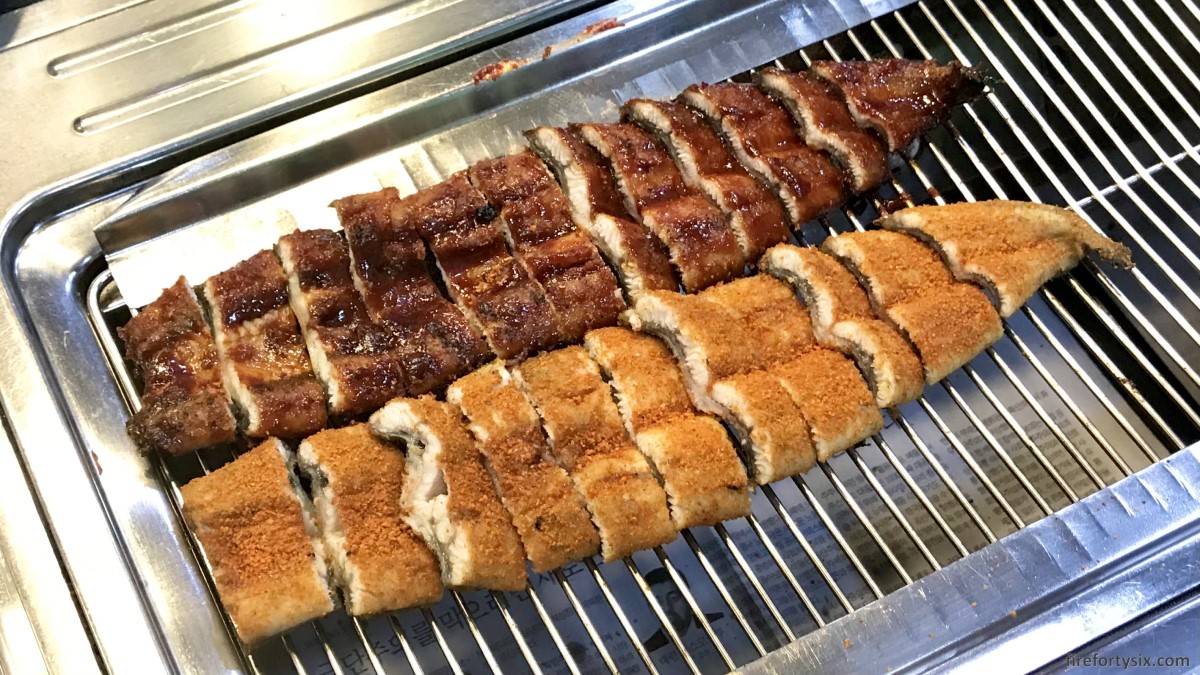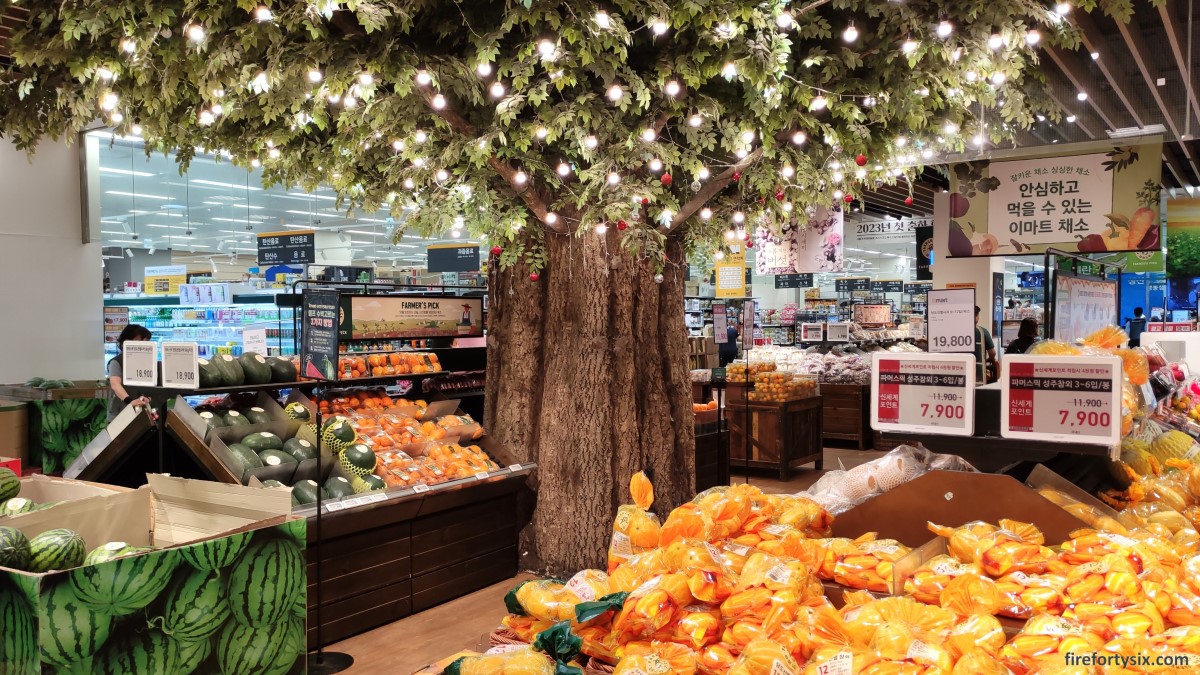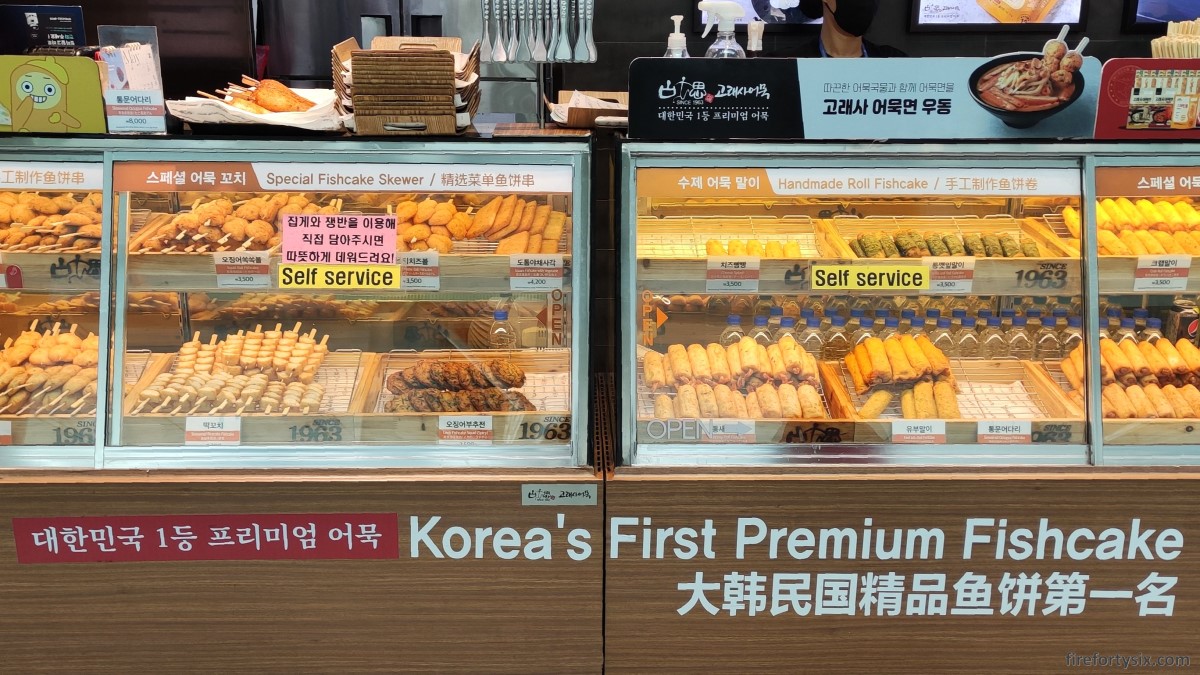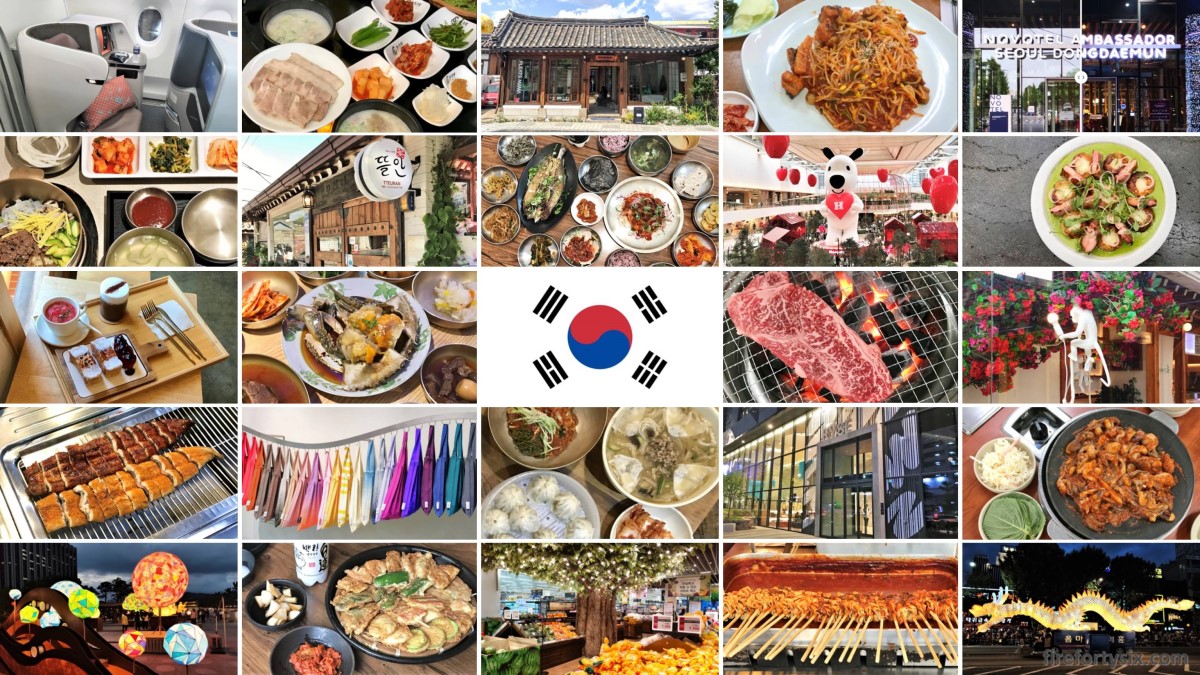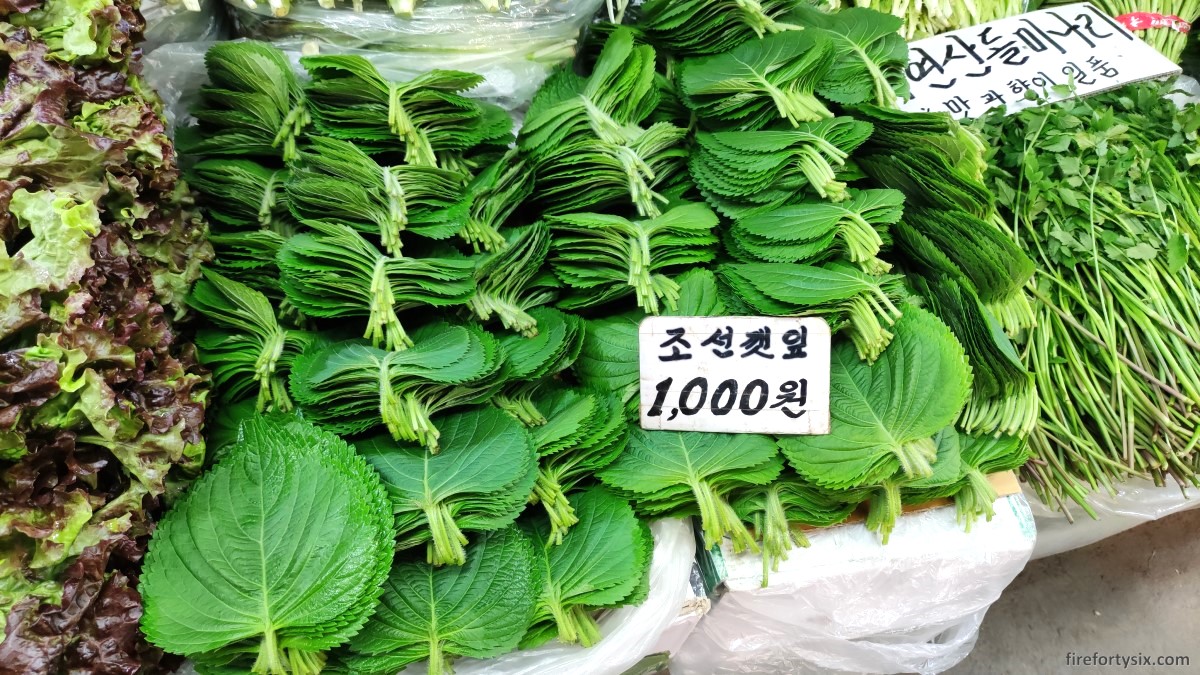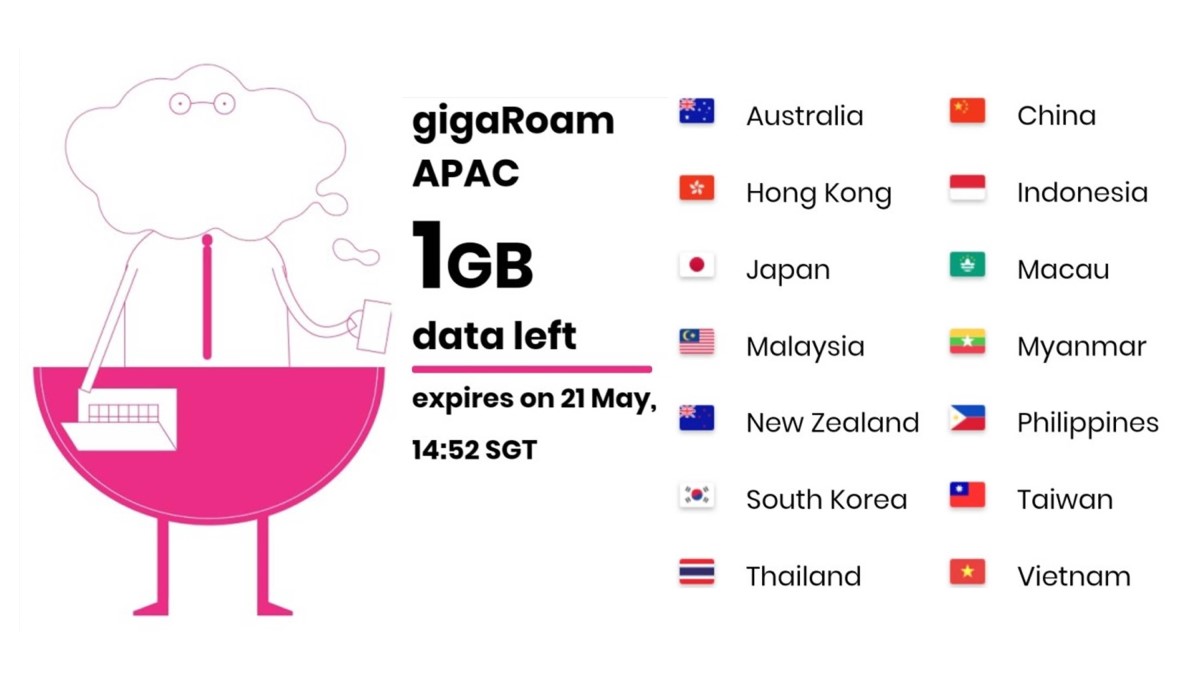When it comes to our seafood preference, crabs are the undisputed champion. My personal favourite is Singaporean chilli crab, with black pepper crab coming in a close second and steamed crab taking bronze.
The Wife is an even bigger fan and is perfectly fine with any dish that features crabs. She’s on the lookout even when travelling overseas, and was delighted when we managed to experience a crab kaiseki lunch in Osaka.
It lived up to her high expectations and strengthened her resolve of trying crab cuisine from all corners of the globe. The next target on her hit list was Korean ganjang gejang (간장게장), or raw crabs marinated in soy sauce.
After doing extensive pre-trip research, and drooling over countless YouTube videos of people squeezing out soft white flesh and enticingly golden roe, she finally settled on one restaurant.
Keun Giwajip (큰기와집 / 大瓦房) has 4.37⭐/5 on Naver Maps, 4.1⭐/5 on Google Maps and is a crowd favourite with Asian tourists. It was awarded a Michelin star in 2018, and while I usually don’t lend too much weight to this recognition, I took it seriously in this case.
After all, we’re taking about uncooked crabs, with a non-zero chance of parasites and food poisoning. Even though I’m skeptical about the taste preferences of food critics from a French tire company, I had faith that they would pay particular attention to hygiene and food safety.
We were so Scooby-Doo about coming down with gastroenteritis, however small the possibility, that we even thought about the right time to visit the restaurant.
Go too early during the trip, and we risked a disastrous start to our vacation. Go too late and we may not be able to safely board our flight home. Or end up spending too much time in an uncomfortable airplane toilet.
Our conclusion was to head there on the third-last day, and allow for sufficient recovery time if the worst happens. As an added precaution, we even stocked up on a new batch of Poh Chai pills. Like I said, Scooby-Doo.
Getting There
Located near the Bukchon Hanok Village, Keun Giwajip is very accessible. Just take Line 3 of the Seoul metro, alight at Anguk station, use Exit 2, walk straight for around 200m until you see a long snaking queue.
It’s closed on Mondays but otherwise opens for lunch from 11.30am to 3.00pm, and dinner from 5.30pm to 9.00pm, with last orders at 8.00pm.
We didn’t know how to make reservations, but we thought it would be safe to arrive just before opening time. Despite being a weekday, there was already a queue and we failed to get in for the first sitting.
We waited in the little courtyard just outside the restaurant entrance, and slowly progressed as people finished their lunch and started leaving.
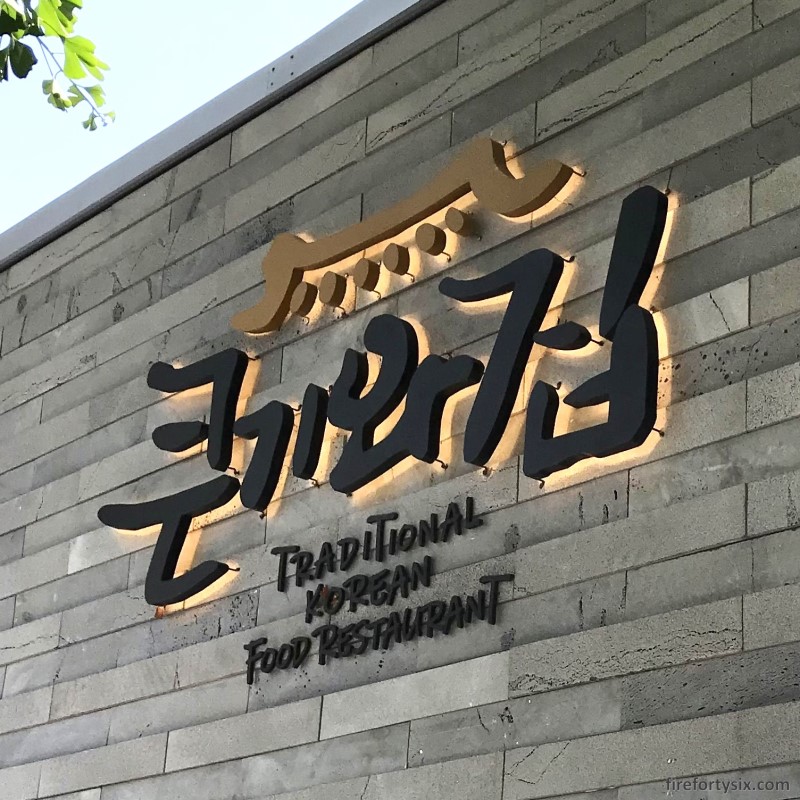
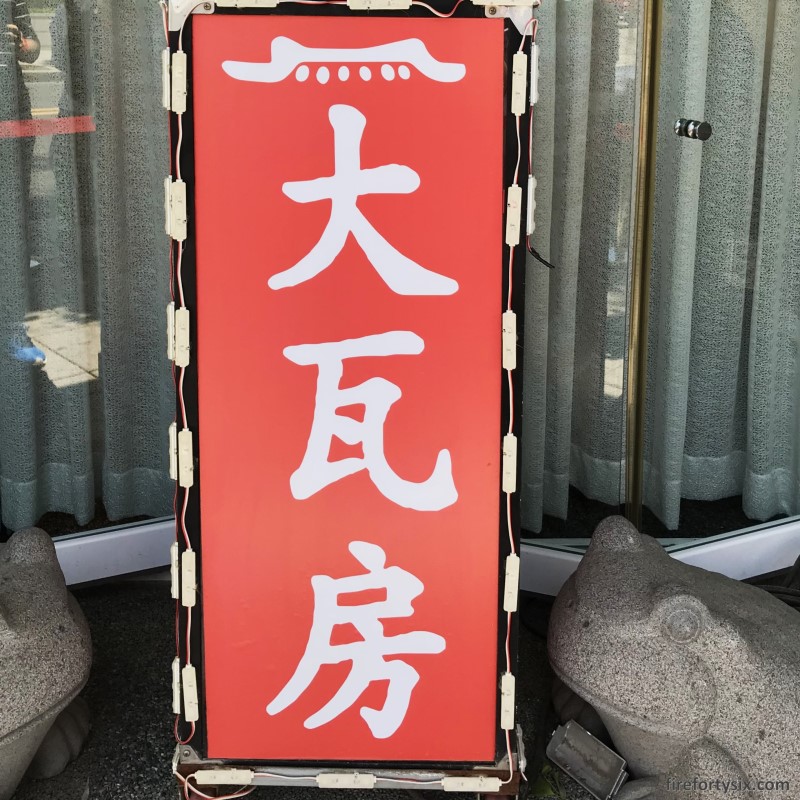
The store had a large and very easy to understand menu mounted on the outside wall. For each of the 12 dishes, there was a photo, price and Korean, English and Chinese name.
There was also a cute graphic highlighting the main ingredient of each item. Making it very easy to tell if you were ordering crab, beef, pork, fish, mushroom or soup.
It’s the clearest menu I’ve ever seen and restaurants everywhere, not just those in Seoul, would do well to adopt this format.
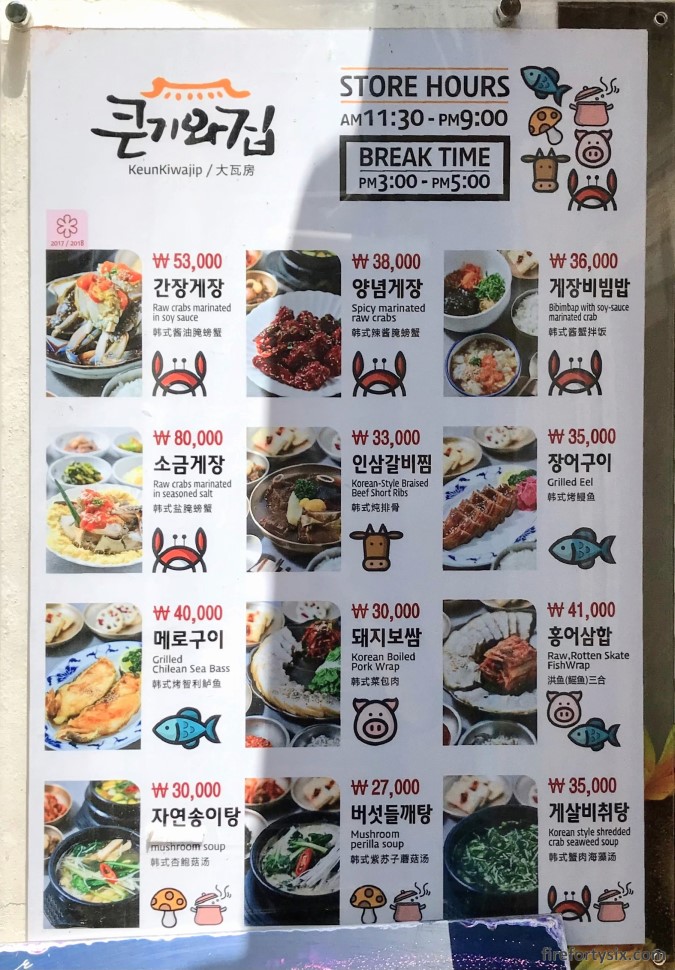
As we were inching closer and closer to the front, we saw numerous groups of people asking the restaurant staff how long the queue would take.
Many of their faces turned pale upon hearing the estimate, but a good number of them still persisted in their quest for uncooked crustaceans.
After 1.5 hours, we were finally ushered to our table. They say that good things come to those who wait, but I couldn’t help but think to myself: “Man, this better be good.”
Menu
The design of the physical menu was similar to the one displayed outside the restaurant. It was simple and clear, but I thought it was a pity that they decided to omit the cute little graphics.
Raw crab is the star of the show, and there were three different variations to choose from:
- Ganjang Gejang (₩53,000): the original version marinated in soy sauce
- Yangnyeom Gejang (₩38,000): if you prefer something with a spicy kick
- Gejang Bibimbap (₩36,000): for lazy people who don’t want to dirty their hands
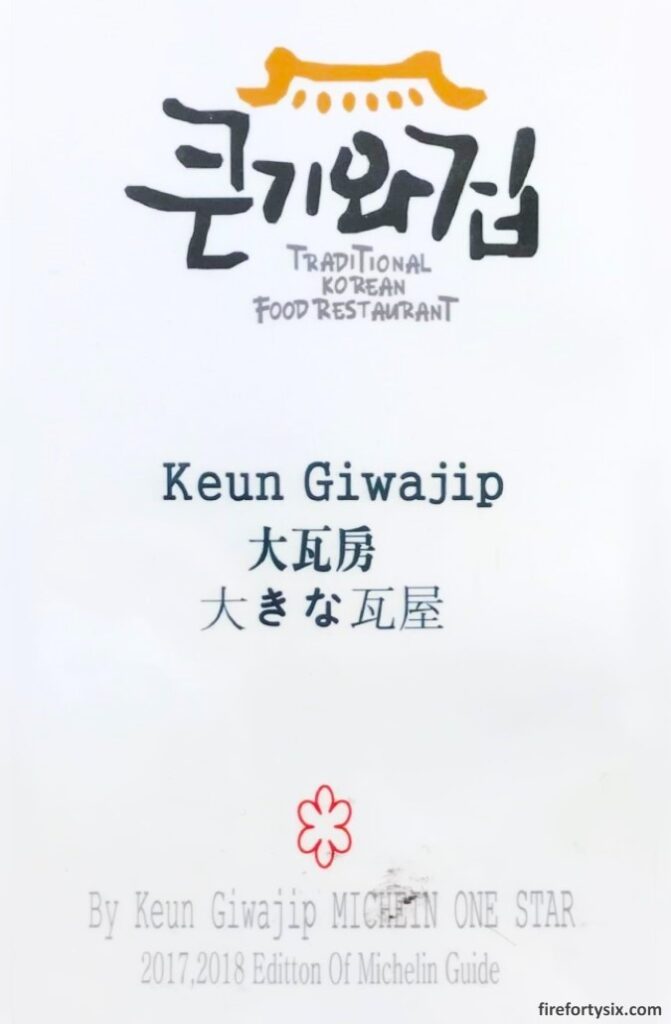
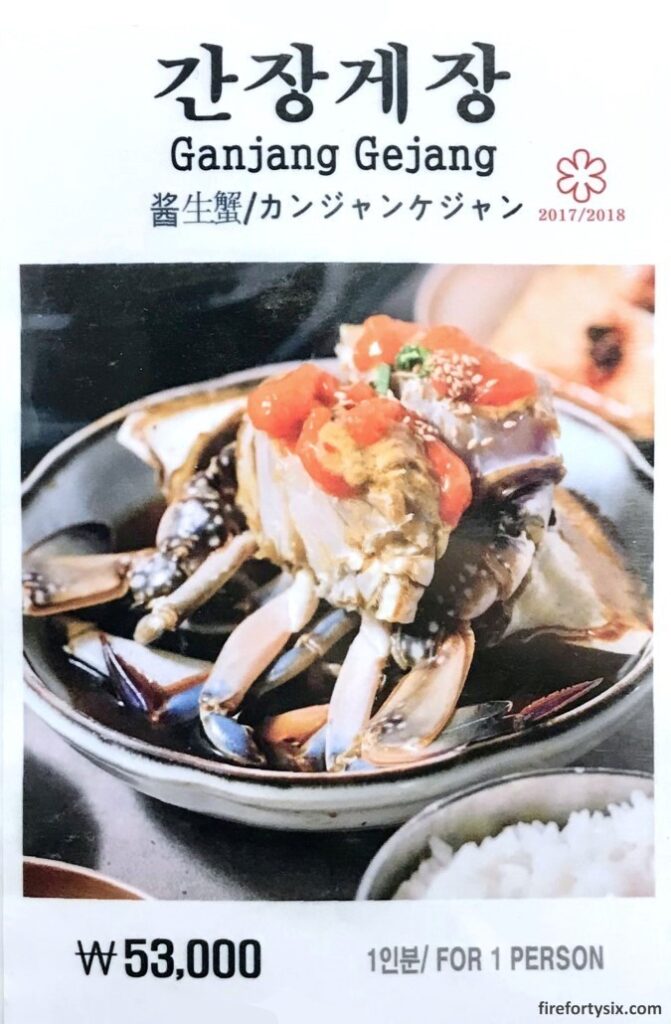
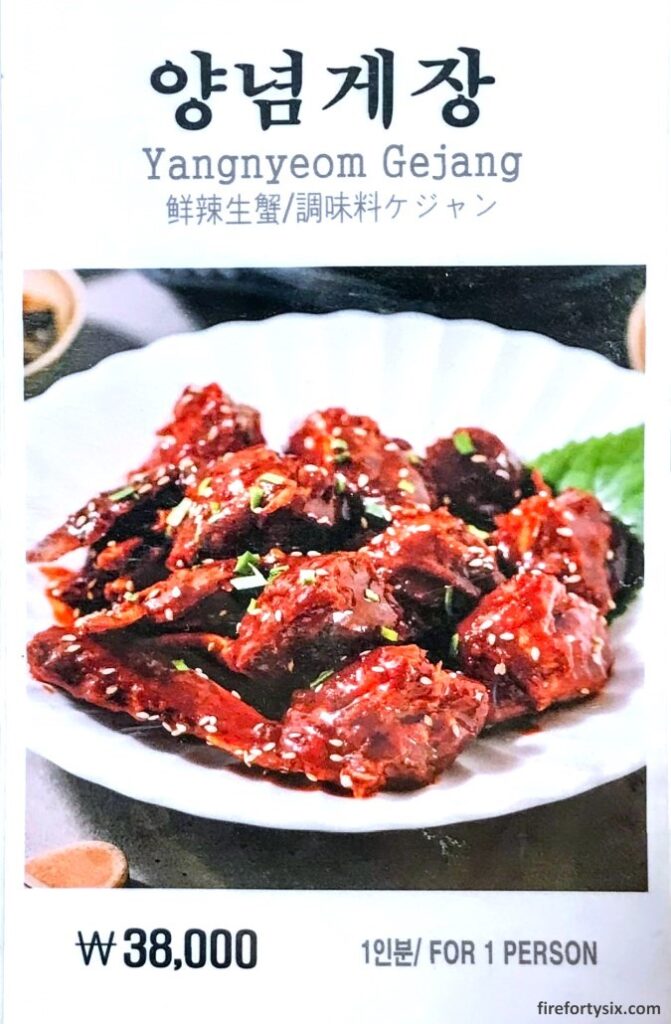
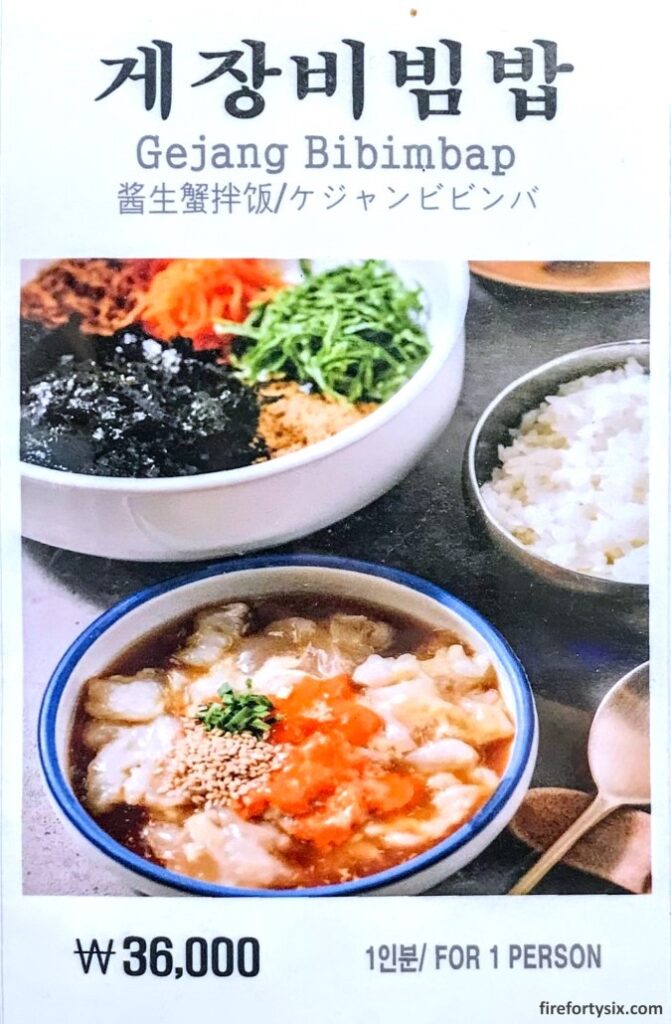
There was also Insam Galbijjim (₩33,000), or braised beef ribs with ginseng, and Dwaeji Bossam (₩30,000), or boiled pork slices with vegetable wraps.
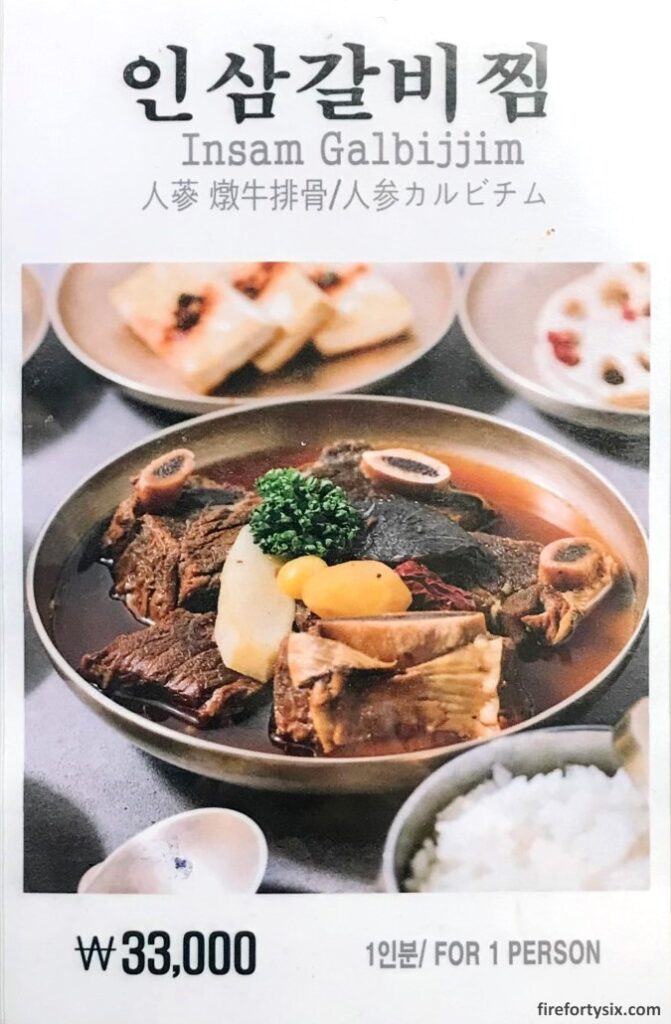
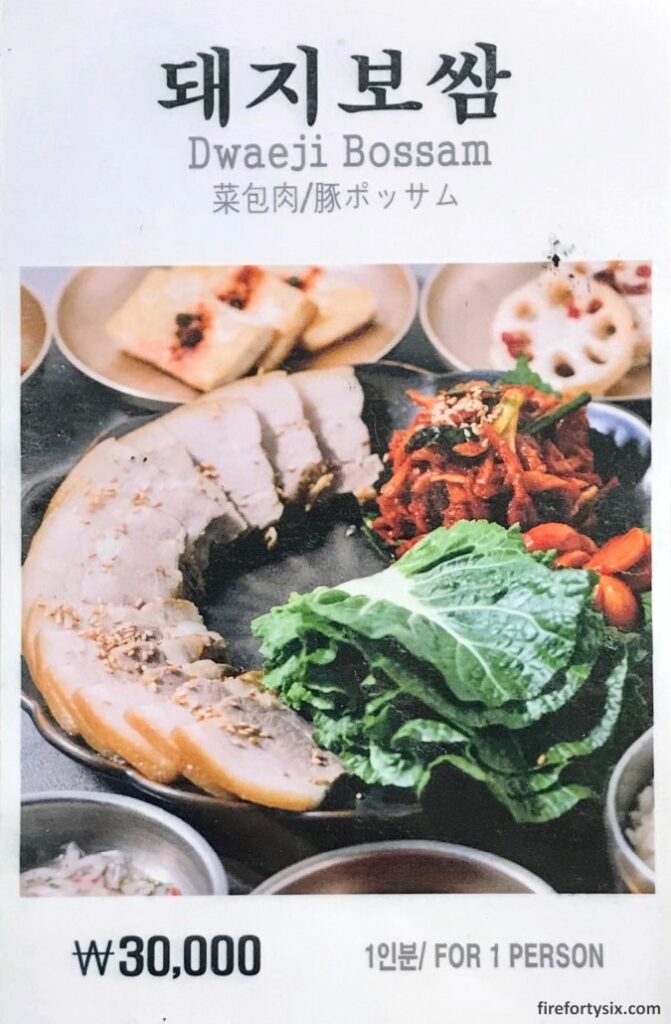
As well as other Korean dishes, with prices that were clearly higher than local restaurants elsewhere; an inevitable consequence of receiving a Michelin star.



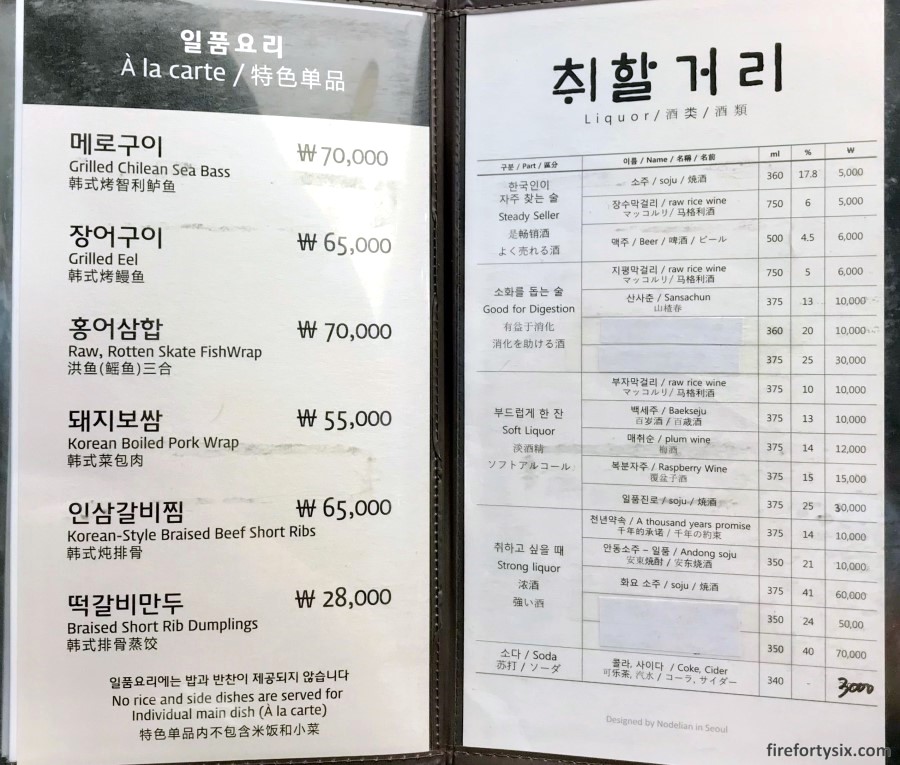
Besides the ganjang gejang, we were initially thinking about adding the yangnyeom gejang or gejang bibimbap for an all-crab feast. But we chickened out and chose the insam galbijjim instead.
Going all out on raw crab seemed like it would be living life a bit too dangerously, especially since it would be our very first time trying it.
But first, Bokbunja (복분자)
If you’ve been following our exploits in Seoul, you’d be asking: “Where’s the makgeolli?” Well, we wanted to try something different and ordered a bottle of Korean raspberry wine.

The taste was quite intense and reminded us of cough syrup, and not in a good way. We managed to finish it by the end of our meal, but let’s just say that our first bottle would also be our last.
A couple of other liquors had really interesting names, like Baekseju (백세주) “Hundred years wine” and Cheonnyeon Yakssok (천년약속) “A thousand years promise”. But we were done with our experimentation, and decided to save those for another day.
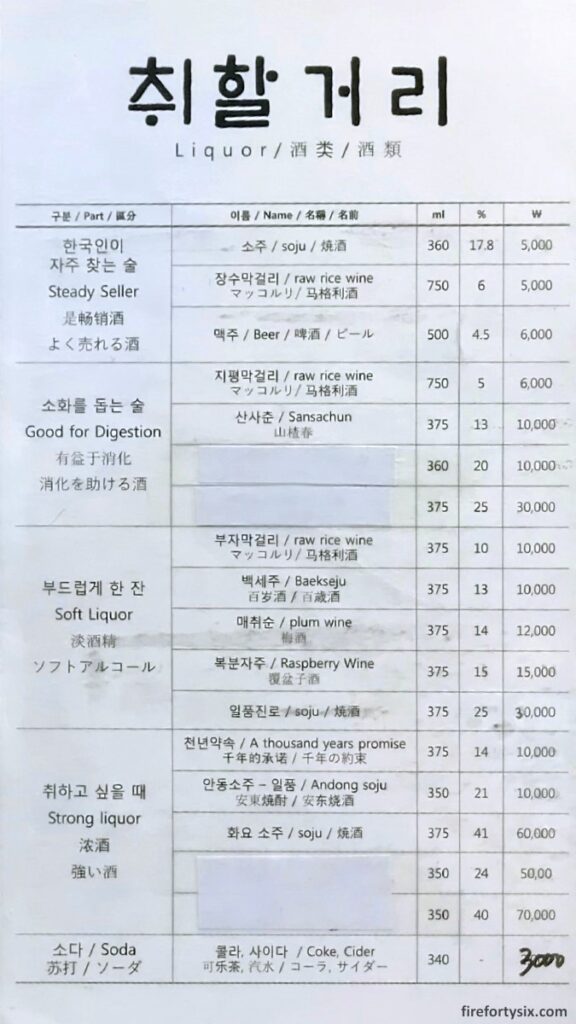
Hanjeongsik (한정식)
Even though they specialise in ganjang gejang, Keun Giwajip is technically a hanjeongsik restaurant serving Korean table d’hôte.
If you’ve seen photos of dining tables covered from edge-to-edge with numerous platters, plates and bowls of all sorts of Korean food, that’s basically it.
For astronomy fans, think of the mains as large planets, and the accompanying banchan (반찬) as their orbiting moons. The fancier the meal, the larger the number of moons.
Not into planets and moons? Well, it’s essentially just a lot of food. And that’s exactly what we got when our order arrived.
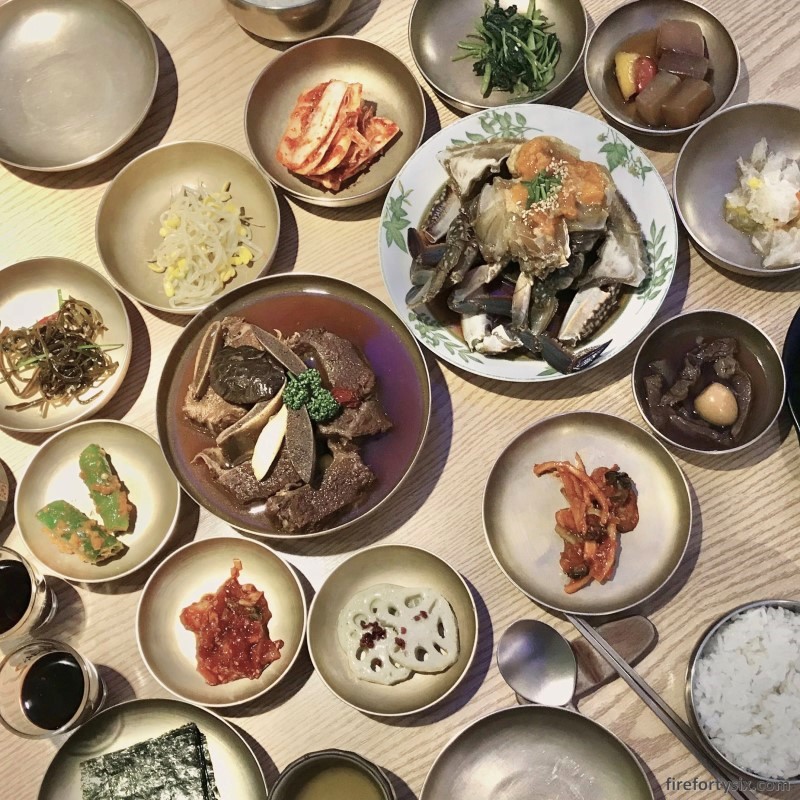
Two standout banchans were the jangjorim (장조림), or soy sauce braised beef, served with a cute little quail’s egg. And a refreshingly citrus white fungus with yuja peel, served cold and crunchy.


The rest of the side dishes included the omnipresent kimchi. Plus other common ones like boiled spinach, green chillies and lotus root slices. As well as one of my favourites — spicy marinated raw squid, guts and all.
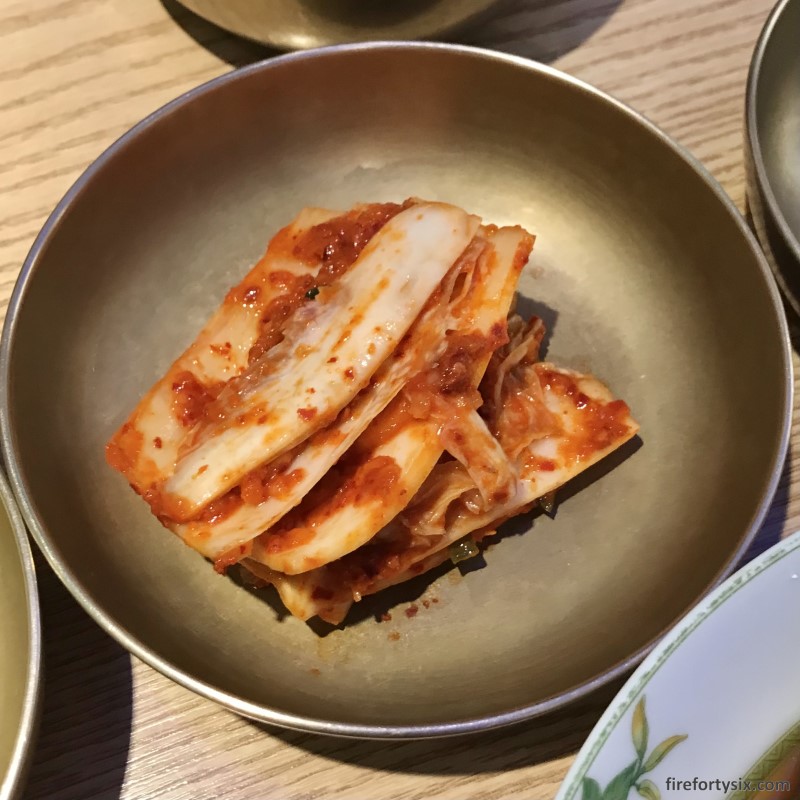
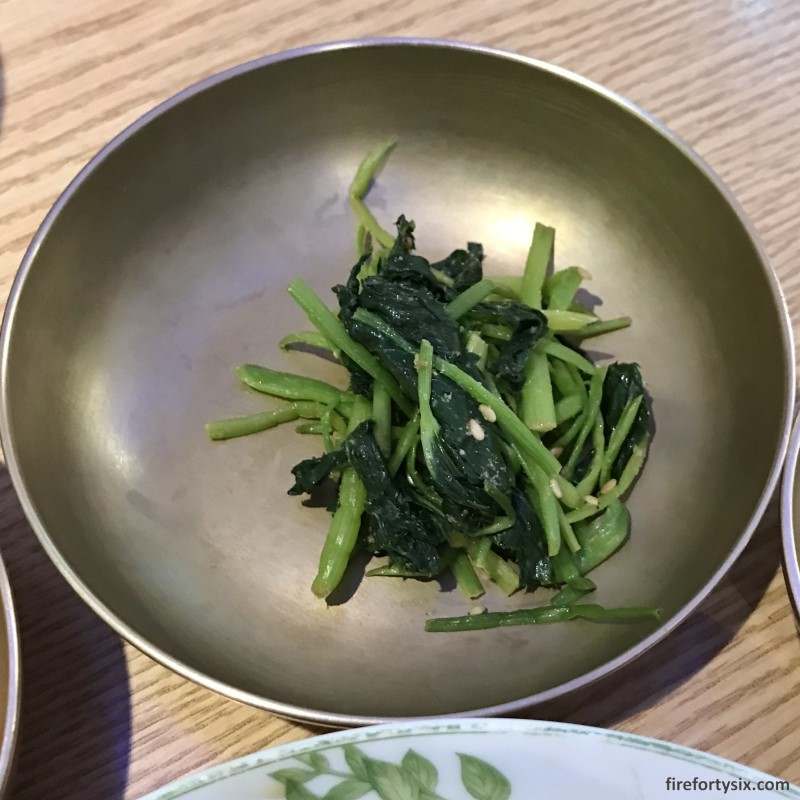
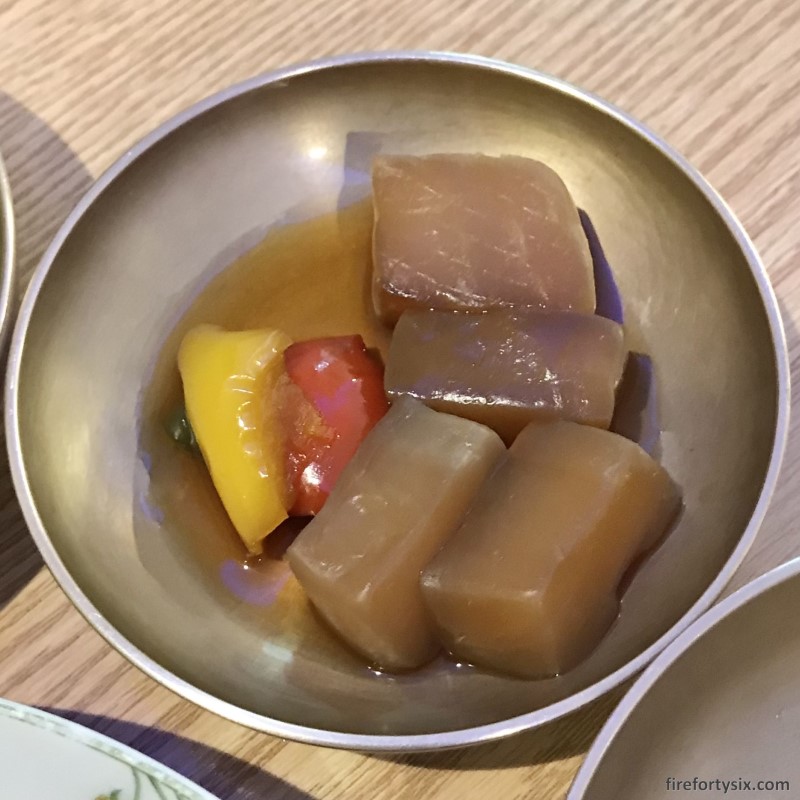

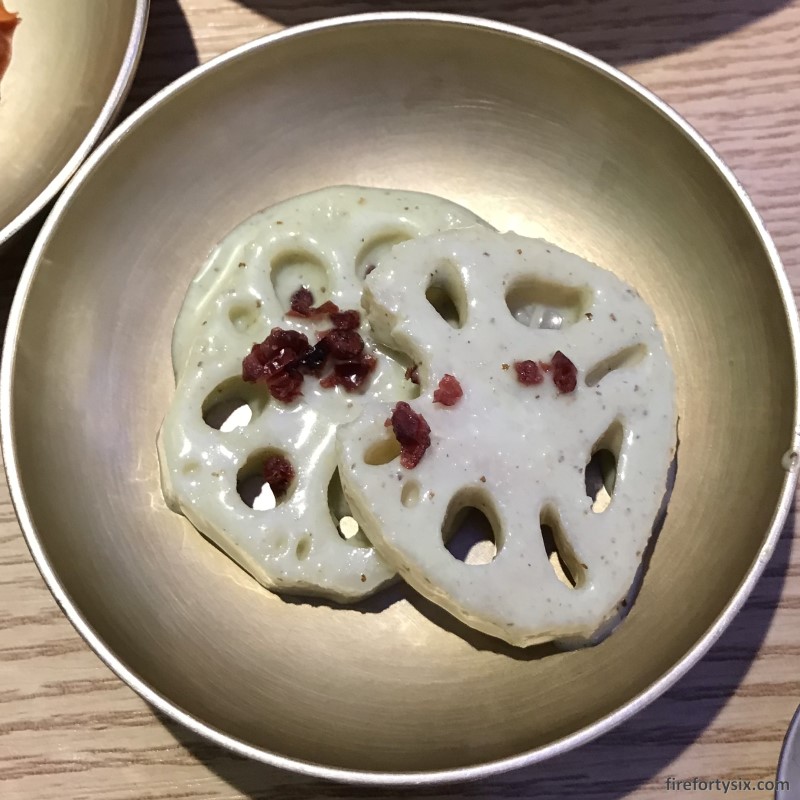
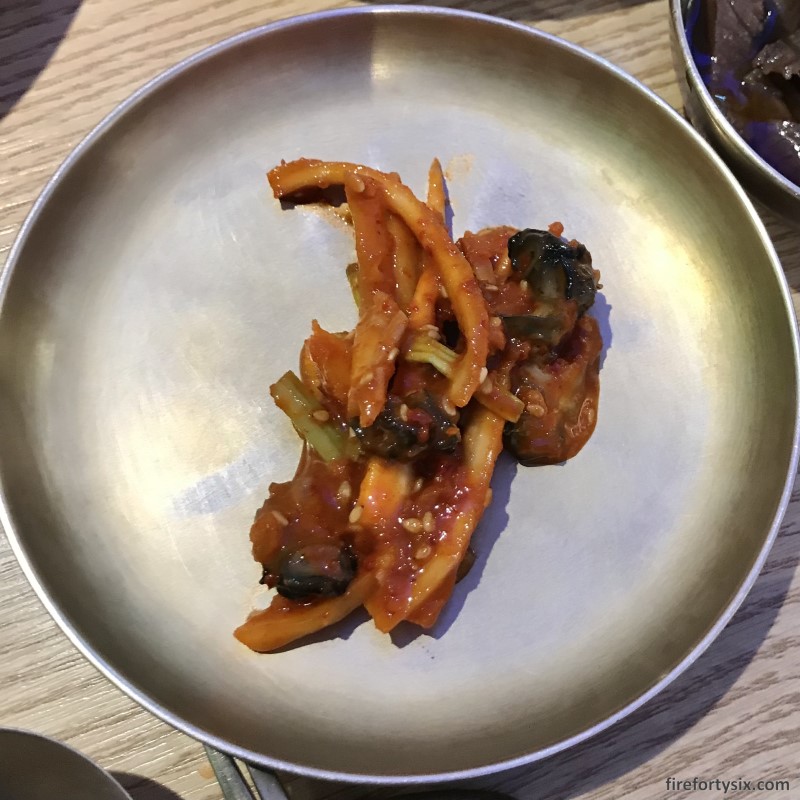
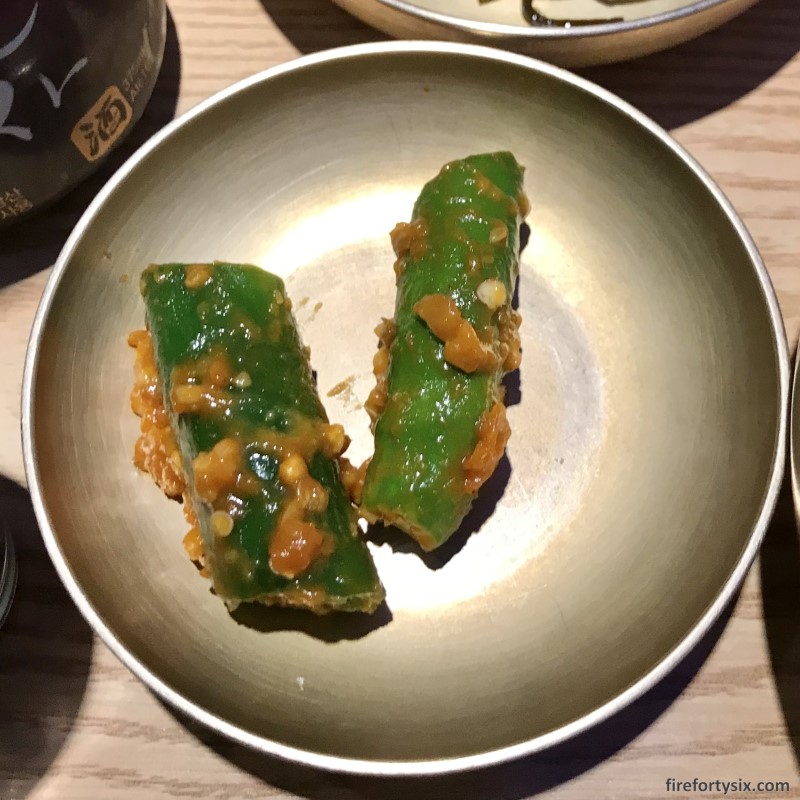
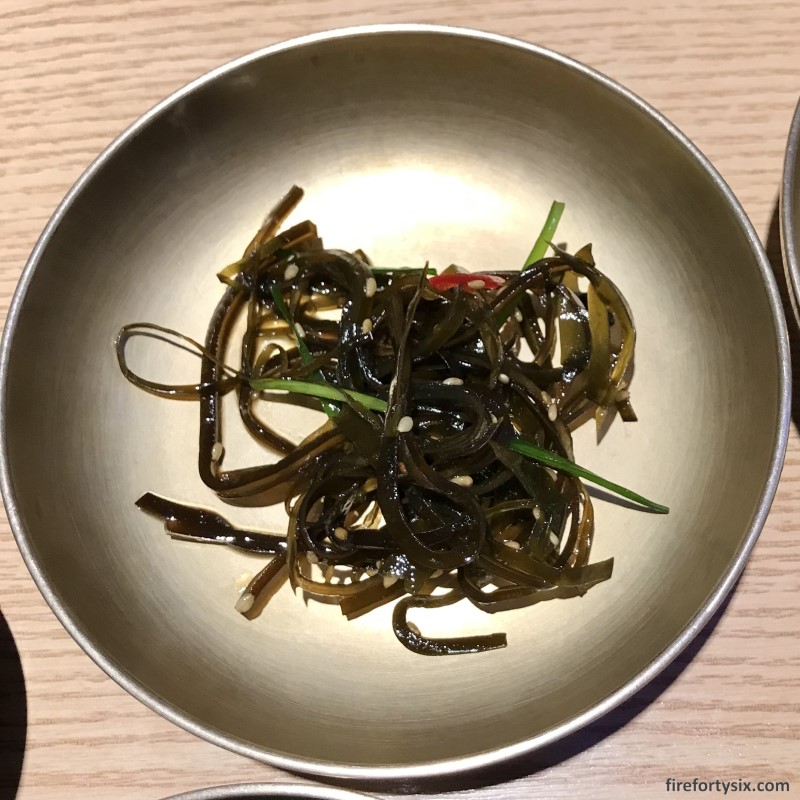
To round out the meal, an earthy and heart-warming doenjang jjigae (된장찌개), or fermented soybean paste stew, was also served. It came piping hot in a hot stone pot, which helped keep it warm throughout our meal.
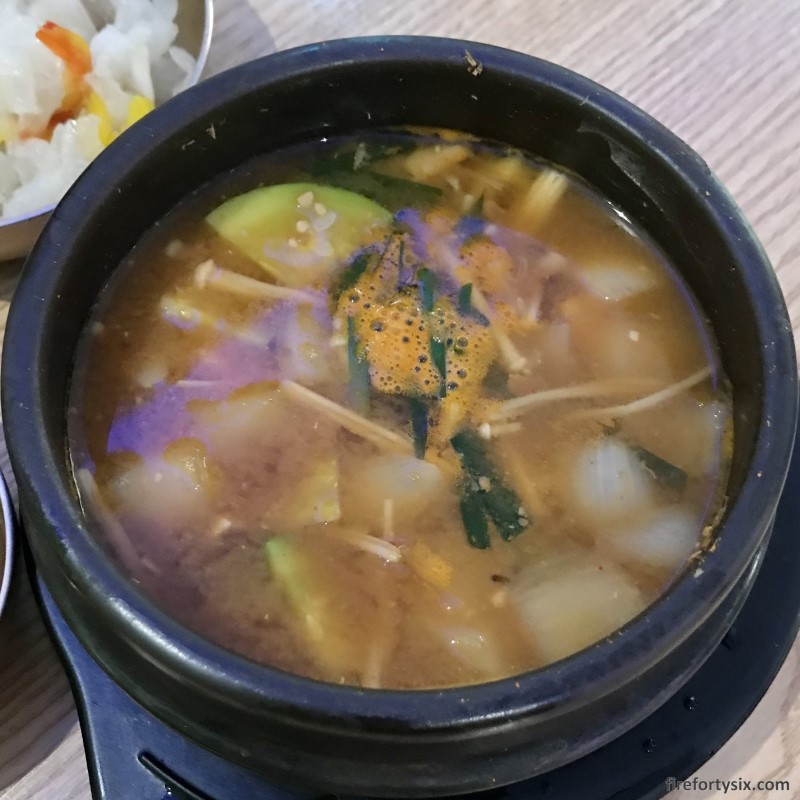
We would have been thoroughly impressed if it had been our first hanjeongsik. But we were thoroughly spoiled by an earlier meal at Hangaram, which continues to top our Seoul food list.
Ganjang Gejang
But we didn’t go to Keun Giwajip to admire the supporting cast. We were there for their star attraction.

It was served with minimal fanfare, but we knew it was en-route from the unmistakable perfume of seafood that preceded it. Followed by the stunning visuals of golden roe delicately perched on juicy chunks of semi-translucent flesh.
Since it was an all-hands-on-deck dish, you might expect disposable gloves to be provided. But we knew from previous videos that we weren’t getting any, so we dived in with our bare hands.
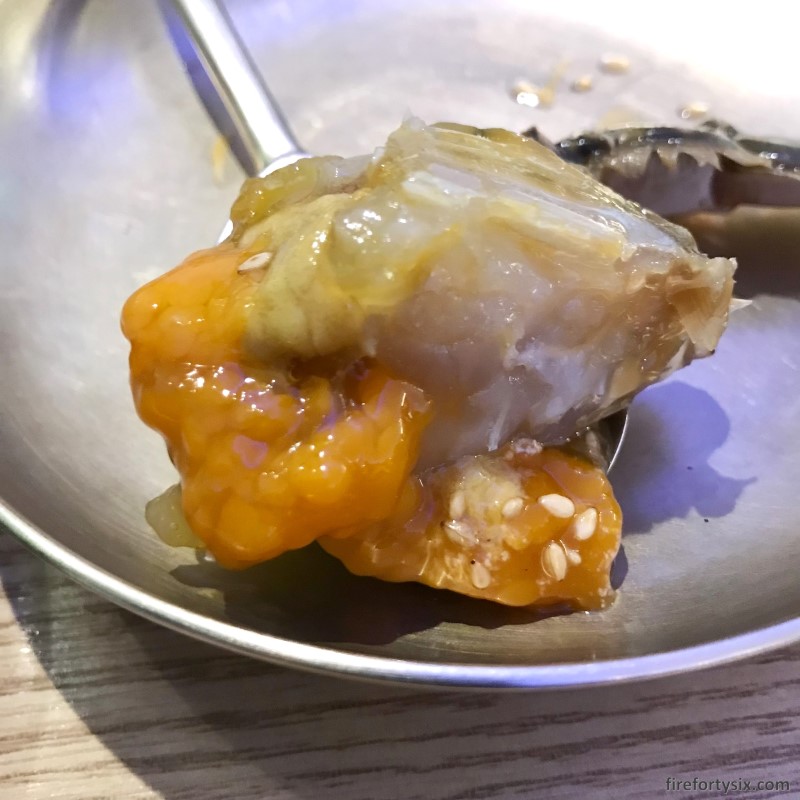
The recommended technique was to pick up a piece of crab, hold it confidently and then slowly squeeze. Taking a bite as the flesh oozes out seductively, and repeating until every last morsel is consumed.
You know how it’s obvious when you don’t like the taste of something?
Well, I quickly realised that my brief acquaintance with ganjang gejang was going to be short-lived. The mushy texture and intense flavour just didn’t suit my palate.
Not wanting to give up so easily, I added a spoonful to some rice and wrapped it with seaweed. It tasted slightly more palatable, with the yellow roe tasting quite similar to uni. But the overall package was still not to my liking.

The Wife enjoyed it slightly more than me, but also had issues with the overly soft texture. Nonetheless, she managed to finish the remaining pieces but, in the end, also decided to unfriend the dish.
On hindsight, it was wise that we only made one gejang order, and didn’t add the yangnyeom or bibimbap versions.
Insam Galbijjim
The herbal braised beef ribs saved the day, and helped wash away any unpleasant aftertaste that was still lingering in my mouth.
It was sweeter than I expected, though I really shouldn’t have been surprised. Korean chefs seem to have a sweet tooth, even when cooking savoury dishes, and the galbijjim was no exception.
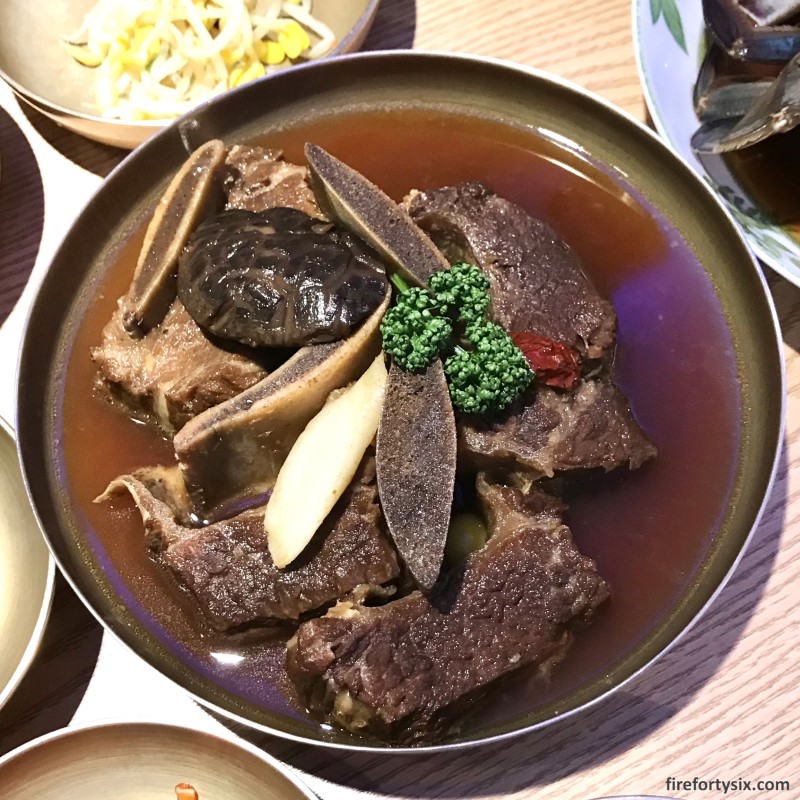
An Acquired Taste
There was still a long queue outside after we finished our meal. In fact, the line of people had gotten even longer, and dividers had to be placed on the main walkway for crowd control.
I’m sure many of them were repeat customers who love the taste of ganjang gejang so much that they’d gladly wait for more than an hour, maybe even two, for an encore visit.
But there would also be some, like us, who were curious about how it tasted and were there for the first time.
For me personally, I found out the hard way that ganjang gejang is truly an acquired taste. One that, unfortunately, I wasn’t able to acquire.
It looks like I’ll be sticking with my favourite Singaporean chilli crab for quite some time to come.

